Change location
- UK / International
- Call toll-free from 10am EDT 617-223-4521 617-223-4390 or
- REQUEST A QUOTE
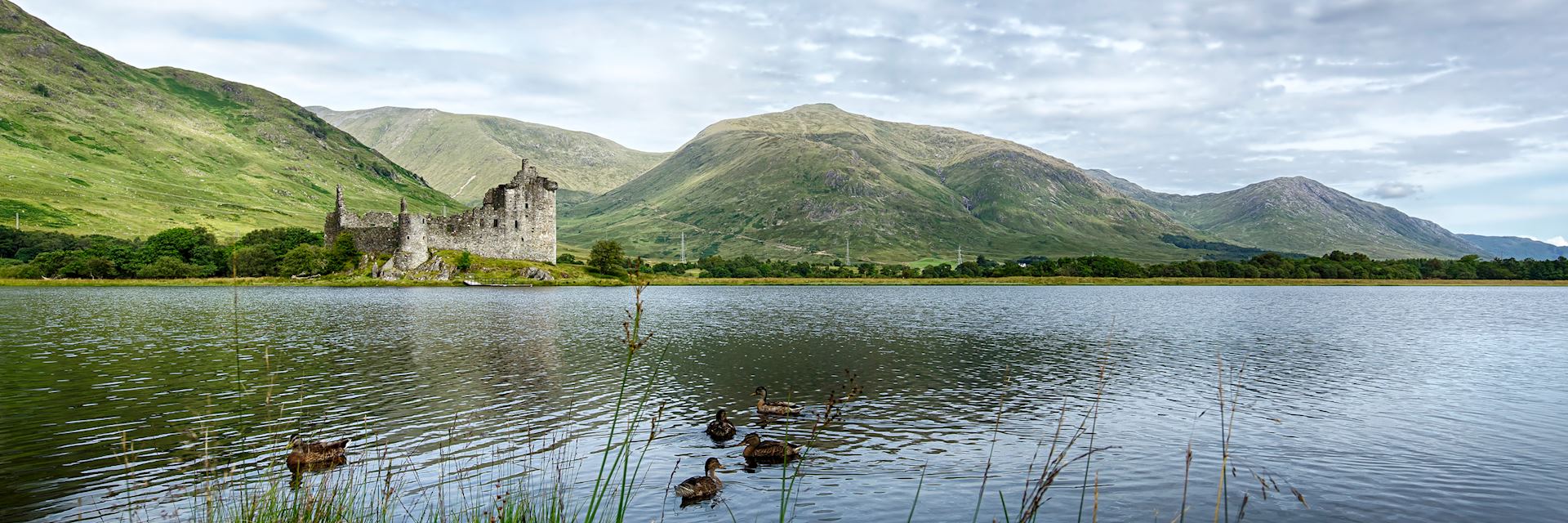

When is the best time to visit Europe?
- Month-by-month
The best time to visit Europe is from late March to early June (spring), or between September and November (fall). You’ll avoid the busy summer period and see your money go further.
Vibrant Easter celebrations across southern Europe create a particularly interesting time to visit, while a September or October trip will coincide with the grape harvest.
However, Europe makes a good year-round destination. Northern Europe is generally warm and dry between May and September, while farther south, temperatures can reach 97°F between July and August.
Winter in northern Europe is cool and wet, while the south is mild, making it a good time to explore the cities.
- Make an inquiry
- Request a brochure
Month-by-month guide for traveling in Europe

Visiting Europe in January
The mild Mediterranean winter is a good time to visit the cities of Southern Europe. You’re rewarded with quieter streets and museums, better value for money and availability, and less waiting in line to enter popular attractions. Although temperatures are cooler, and some regional attractions may have limited opening hours, the sense of seeing a city at a more relaxed time more than compensates.
Events & Festivals
- In Iceland, chances of seeing the northern lights are best between November and February, when the sun sets before 6pm and the nights are longest.
- The Icelandic Þorrablót winter festival is celebrated from mid-January to mid-February. Þorrablót is an old pagan festival originally celebrated by Iceland’s early settlers over 1,000 years ago. Revived in the 1800s, it brings local people together to eat, drink, dance and sing traditional songs.

Visiting Europe in February
In February, much of Southern Europe gears up for a pre-Lent party with carnivals in many cities, such as Nice and Venice. Temperatures are still cool, and some attractions may be closed or have reduced opening hours, but many make exceptions for carnival time when they open for special events during the large-scale local festivities.
- Europe’s largest carnival is held in Nice over two weeks in February, when the city erupts in a series of parades, dancing and flower battles.
- Expect elaborate masks and costumes, masquerade balls and full-on revelry at the Carnival of Venice held in the two weeks before Lent.

Visiting Europe in March
By March, temperatures are beginning to warm up in Southern Europe, though there may still be some rain. Depending on when Easter falls, you can find elaborate celebrations for Holy Week (the week before Easter) taking place. If you’re planning a trip to Ireland, 17th March sees parades and plenty of street parties for the national feast of Saint Patrick’s Day.
- Holy Week is a time for religious processions across Spain and, to a lesser extent, in Portugal and Italy.
- Saint Patrick’s Day on 17th March is the culmination of week-long celebrations in Dublin.

Visiting Europe in April
Spring blooms, warmer temperatures and generally blue skies arrive in Southern Europe in April, at a time when most hotels re-open and attractions switch to summer opening hours. Although Northern Europe is a little further behind, the weather is drier and warmer than earlier in the year, as the days become noticeably longer. You might also catch Holy Week celebrations across Southern Europe in the week before Easter.
- If Holy Week falls in April, you’ll see religious processions in many Spanish cities, as well as in Portugal, and Italy and Greece.
- The Istanbul Tulip Festival, running from April into May, pays homage to one of Turkey’s most cherished flowers.
- Seville’s annual fair in the two weeks after Easter, brings carnival rides and dancing to the Spanish city.
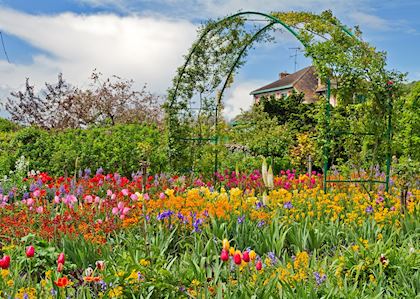
Visiting Europe in May
By May, Europe’s gardens are looking their best, bright blooms cascade from window boxes and the summer crowds are yet to arrive, in one of the best months to visit Europe. Southern Europe is pleasantly warm, making it a good time for exploring historic sites or cities, while Northern Europe, though cooler, has long days and generally settled weather.
- The Chelsea Flower Show, the Royal Horticultural Society’s biggest event of the year, takes place in London in late May.
- The Reykjavík Arts Festival takes place for three weeks each year in May or June. This is a major event in the capital that invites hundreds of artists from around the world to showcase their work.
- Kirkjubæjarklaustur Chamber Music Festival takes place in the summer (month varies) in southern Iceland, on a magnificent lava-field landscape.
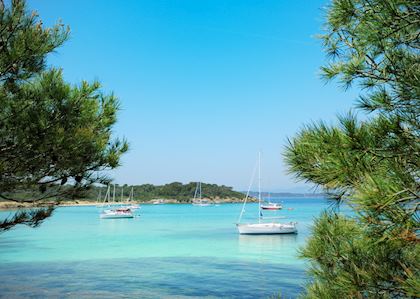
Visiting Europe in June
Clear blue skies and rising temperatures see the beach towns of Southern Europe burst into action. It’s a good time to tour the Mediterranean, laze on a Greek island or explore major cities without the summer crowds. In Northern Europe, daylight stretches long into the evening, temperatures are pleasant and, ahead of schools breaking up, attractions are generally quieter.

Visiting Europe in July
Higher temperatures, long hours of sunshine and the school summer break signal July as the start of Europe’s busiest travel season, with larger numbers of visitors across Europe. The lavender fields in Provence are at their best, and beachgoers are rewarded with glorious sunshine. Many festivities and events take place, including concerts in historic buildings.
- On 14th July, Bastille Day, the French national holiday is celebrated across the country with military parades, fireworks and concerts.
- Open-air performances and concerts take place in Ravello on the Amalfi Coast, and in Sicily’s Greek theaters in Syracuse and Taormina.
- The Palio, a historic horse race between the city’s contrade (districts), takes place in Siena on 2nd July.
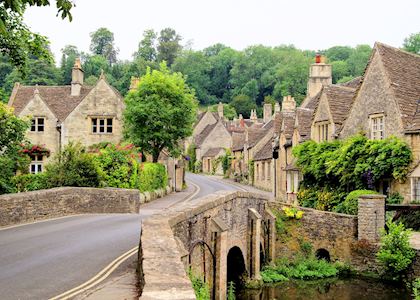
Visiting Europe in August
It’s holiday season in Europe, with many locals flocking to the beaches to escape the heat inland, particularly in the south. Much of France closes down for the month, and the Mediterranean beaches and cities can feel crowded. Northern Europe is quieter, and the fair weather and long days make it a good time to explore England, Scotland and Ireland.
- The Palio, a historic horse race between the city’s contrade (districts), takes place in Siena on 16th August.
- The Edinburgh Festival Fringe is the world's largest arts festival with comedy, dance and theater performances held over three weeks in August.
- Menningarnótt (Culture Night) is celebrated in Reykjavík in August. This is a major event, with roads closing for street performers and fireworks in the evening.
- Fiskidagurinn Mikli (Great Fish Day) takes place on the first or second Saturday of August in the fishing village of Dalvík, in north Iceland. This is a big social event, with outdoor seafood buffets, and free fish soup offered in locals’ homes.
- Síldarævintýri (Herring Adventure Music Festival) is hosted in the town of Siglufjörður, in north Iceland, over the early August public holiday. In the past, the festival has featured a broad range of Icelandic music, from folk singing to Sigur Rós.

Visiting Europe in September
As schools go back, temperatures decrease and the summer crowds dissipate, September proves a great time to visit Europe. The temperatures are still pleasant, the sea is at its warmest, and there are fewer people at major attractions and on the coast. It’s also harvest time, with food festivals and events celebrating the wine, cheese, truffles, oysters and olives of the region.
- The Regata Storica takes place in Venice on the first Sunday in September, with gondola races, gondoliers in traditional dress and waterborne pageantry.
- The grape harvest begins across Southern Europe toward the end of September, and some wineries invite visitors to see the process take place.
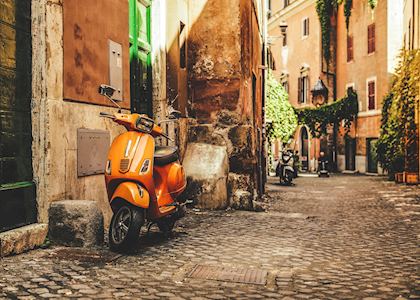
Visiting Europe in October
Cooler temperatures make October a good time to visit the cities and explore on foot. Seasonal foliage brings the countryside to life, and regional harvests and their associated festivals continue. While the south is pleasantly warm by day, nights are cooler. By the end of the month, Northern Europe is noticeably colder and wetter but can still see periods of warm, settled weather.
- Held on the first Saturday in October, Nuit Blanche (White Night) is an all-night arts festival in Paris, where museums and galleries stay open, and street performances and art installations liven up public squares.

Visiting Europe in November
November is one of the quietest months of the year to travel to Europe. Many hotels and attractions close, and cooler temperatures lead to far fewer visitors on the streets. It’s also a time when you can benefit from better value on flights and hotel reservations. Major museums, galleries and historic sites are quieter, and you can photograph Europe’s landmarks at their most tranquil.
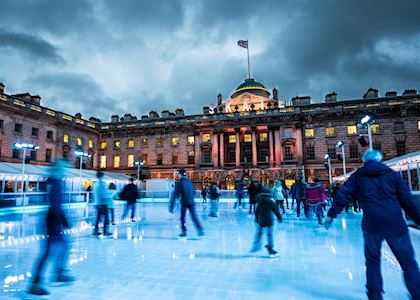
Visiting Europe in December
Christmas dominates the European cultural calendar in December, as festive markets and lights brighten up the cities. Although rural areas are much quieter, the countryside under a dusting of frost or snow can look magical in the north. New Year’s celebrations are another good reason to visit, when you’ll experience street parties and fireworks in most major cities.
- In the 13 days before Christmas in Iceland, troll-like Jólasveinar (‘Yule lads’) are said to visit children one-by-one in the days leading up to Christmas. Formerly, they tried to play tricks on people, but now they leave children small gifts. You might see the Jólasveinar projected onto buildings in Reykjavík, and they visit some hotels to leave small tokens for guests.
- New Year’s Eve is the biggest party of the year in Iceland, when bonfires and fireworks are lit, and Icelanders gather to share the warmth and sing. Belief in elves (huldufólk) is widespread in the country and they’re said to be most active at New Year, so it’s common for Icelanders to reference them in songs at this time of year.
- New Year’s Eve celebrations (Hogmanay in Scotland) see London, Paris and Edinburgh lit up with fireworks and festivities.
Our recommendations for when to visit Europe
- Not recommended
- Winter season
Europe trip ideas and travel guides
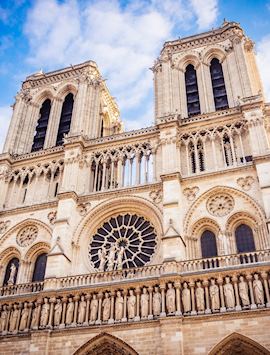
Paris in depth
7 days from $6,095pp

Classic Italy tour: Rome, Venice, Florence & Tuscany
13 days from $13,085pp

How to avoid the crowds in Europe
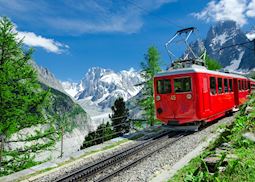
Where you can enjoy the outdoors in Europe
- Work With Us
- Blogging Bootcamp

- Van Conversion Academy
- Campervan Shop
- Campervan Rentals
- Plan a Trip
- Itineraries
- Destinations
- Responsible Travel
- Family Travel
- Budget Travel
- Scuba Diving
- Travel Credit Cards
- Digital Nomad
- Teach English Abroad
- Blogging Resources
- Income Reports
- Travel Shop
- Meet Katie & Ben
- About Two Wandering Soles
- Personal Stuff
- Portfolio & Press
Best Time to Visit Europe: When to Go & When to Avoid!
Home » Blog » Europe » Best Time to Visit Europe: When to Go & When to Avoid!
Europe is a year-round travel destination that boasts turquoise beaches, jagged mountain peaks, and endless diversity. We put together this guide to help you choose the best time to visit Europe and what you can expect during each season.
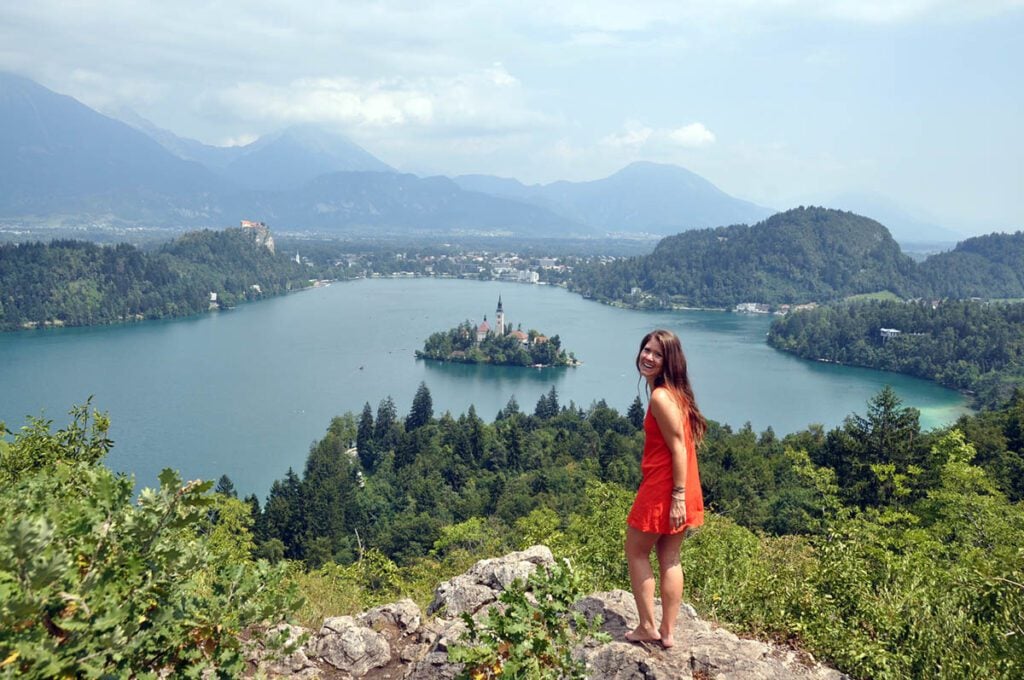
Recognized globally as a “ jack-of-all-trades ” travel destination, Europe is idyllic for any and all types of travelers.
However, the diversity of Europe’s geography and climate is boundless.
From azure coasts in the south, high-altitude peaks towering above quaint mountain towns, and metropolitan cities filled with fascinating architecture, endless history, and next-level cuisine, there’s a lot to consider when planning an ideal time to visit the continent.
The weather throughout Europe is influenced by many different factors, like the Mediterranean Sea, Atlantic Ocean, Baltic Sea, Alps/Pyrenees Mountain ranges, and even the Sahara Desert.
So although visiting year-round is possible, you’ll still want to plan your trip around specific times of the year depending on where you’re going and what you’re doing to have the best experience.
In this article, we’re going over exactly what to expect in each region of Europe by season so you can choose the best time to visit Europe for you .
When is the best time to visit Europe?
Generally, the best time to visit Europe is from May to October, when the weather is favorable, daylight is plentiful, and everything is accessible.
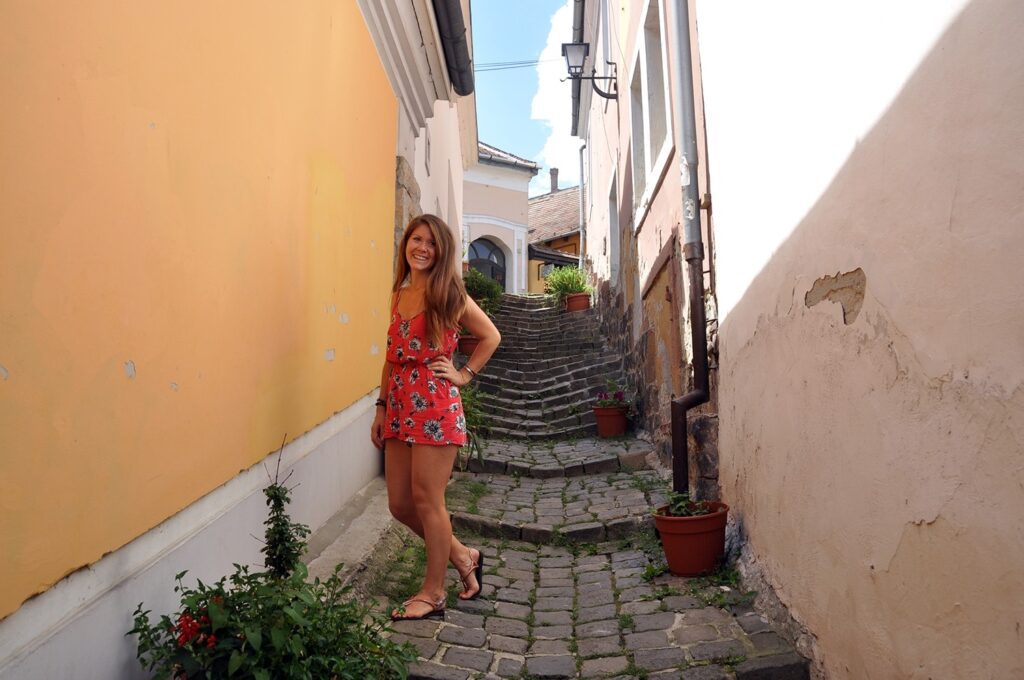
However, the answer to that question may fluctuate depending on where you’re going and what your preferences are.
Answer these questions to get started:
- What country(ies) do you plan to visit?
- Are you easily bothered by crowds?
- Do you prefer a cold weather or warm weather vacation?
- Do you prefer to spend your time outdoors?
- Are you planning to do more city exploring with lots of restaurants and museums?
Thinking about your answers to these questions is going to help you start to determine when to visit Europe.
Not sure where to where to go? Our guide to the best cities to visit in Europe is jam-packed with inspiration!
Article contents
Our experience, europe geography overview, weather in europe, summer in europe, fall in europe, winter in europe, spring in europe.
Overall BEST time to visit Europe
Want a quick recommendation? Jump down to see our personal advice for the best time to visit Europe. Plus, we’ll share what times of year we’d avoid visiting!
- Our Recommendation…
We’ve visited Europe in all seasons

When: spring, summer, fall, winter
Where: Italy, Germany, Austria, Switzerland, Spain, France, Netherlands, UK, Scotland, Ireland, Iceland, Croatia, Bosnia and Herzegovina, Montenegro, Slovenia, Hungary, Czech Republic, Poland, Bulgaria, Romania, Serbia, Turkey, Malta
Our experience:
- We’ve spent quite a bit of time traveling in Europe, and we’ve been during all seasons .
Our favorite times of the year in Europe:
- September is probably my favorite month to travel in Europe because you avoid the crowds of the summer but still have great weather. You can find some good deals during this month as well.
- I also love October for fall foliage and crisper temperatures. (Autumn is my favorite season, so I’m biased!)
- We’d also highly recommend traveling in the wintertime as European Christmas Markets are magical! Plus, you can find amazing deals on cozy, fire-warmed Airbnbs in mountain towns during the winter months.
Our least favorite times of the year in Europe
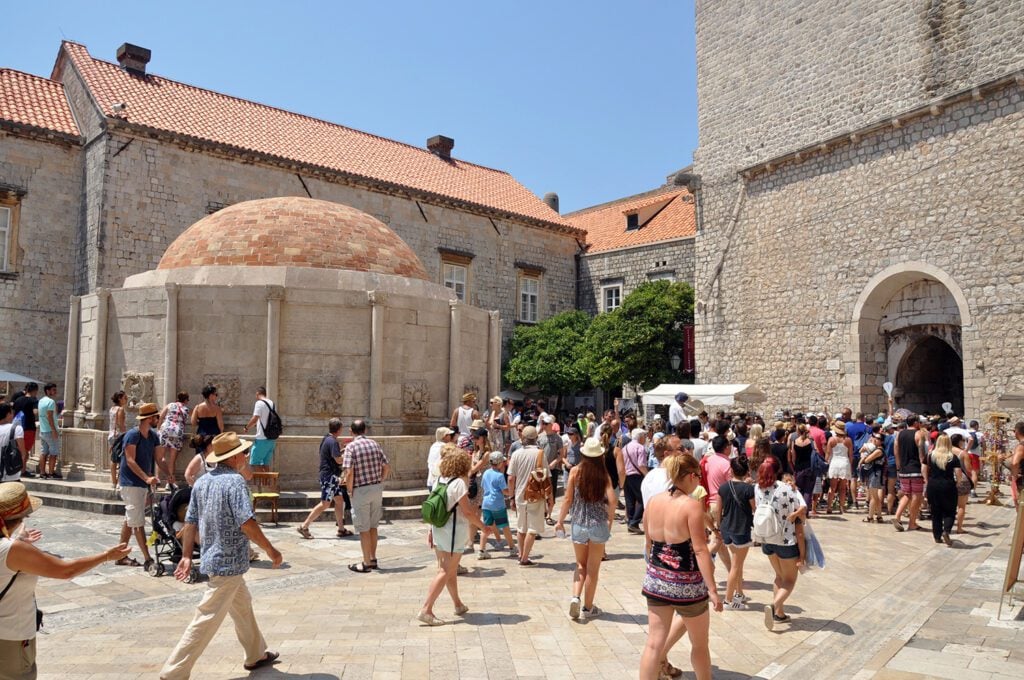
This may be an unpopular opinion, but I don’t love traveling to popular places in mainland Europe during the summer.
The crowds and prices are insane. And they seem to be getting worse each year.
Additionally, climate change means summer temps are very hot across much of Europe , and AC can be hard to find in some areas.
All that said, you can’t deny the magic of European beaches, hiking, and festivals in the summertime . Plus, summer is often the easiest time for families to travel. Also, there are some destinations, like Iceland, where summer is truly just the best time to visit.
So if you still think summer is when you’ll travel to Europe, here are some tips to keep in mind.
Summer in Europe Tips
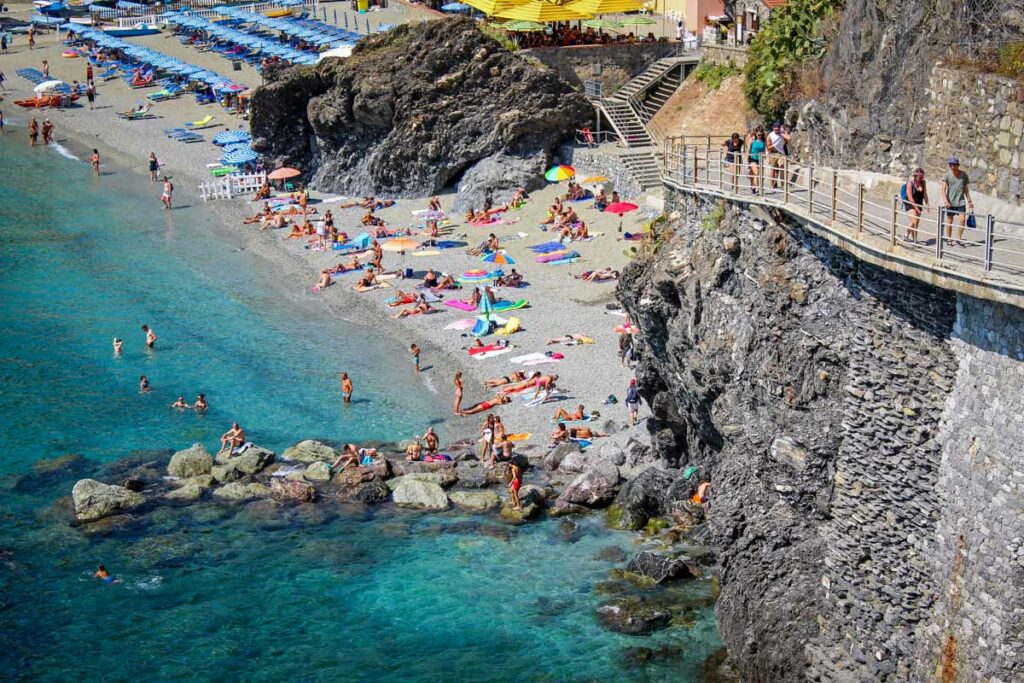
- Go to lesser-visited countries , like Slovenia, Bulgaria, Romania, Poland, Bosnia and Herzegovina, etc. Trust me when I say they are just as amazing, yet you’ll find far fewer crowds. We love getting off the beaten path at all times of the year (I’m very much anti-crowds), but it is even more important to find the hidden gem places during the summer unless you don’t mind the chaos.
- Examples: In Montenegro, for instance, we loved the mountain town of Žabljak, and found it far less crowded than touristy Kotor. In Croatia, the crowds of Dubrovnik felt like Disney world, but we truly loved the island of Korčula, which we explored by bicycle.
- Limit your time in popular tourist cities during the summer. This is especially true of the smaller tourist cities, where the crowds seem amplified because there’s just not enough space.
- Our advice? We LOVED Sziget festival , which takes place in Budapest each August. Can’t wait to go back!
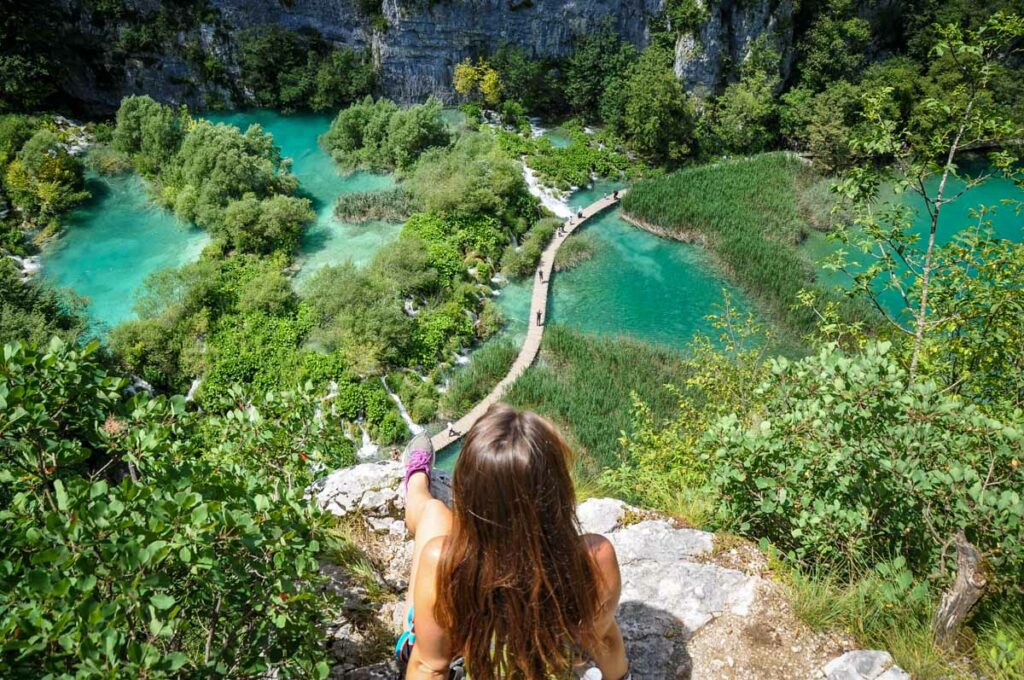
Europe has a massive amount of diversity within its borders: pristine beaches, alpine meadows, rugged mountain peaks, sunny coastlines, vast seas, metropolitan hubs, we could seriously go on and on…
To put it into perspective, the continent stretches from Iceland in the west, Greece and Malta in the south, the Ural Mountains of Russia in the east, and all the way up to the Svalbard archipelago in the north.
With that said, it’s best to divide Europe into a handful of key regions so you can get a better lay of the land for narrowing down where and when to go.
Note: The definition of these regions varies depending on your source, but for the purposes of this article, we’re laying out which countries we are considering to be part of each region.
Western Europe
- Countries : (British Isles) Scotland , England, Ireland , Northern Ireland, and Wales, France, Belgium, Switzerland, Liechtenstein, Luxembourg, and the Netherlands

Most of Western Europe is in the North European Plain, so you can expect mostly valleys, sweeping plains, and scenic coastlines, plus rocky mountains dotted in some areas .
Many countries have irregular coastlines along the Atlantic Ocean, as well as the North, Baltic, and North Mediterranean Seas.
Central Europe
- Countries : Germany , Austria, the Czech Republic , Poland , Hungary , Slovakia, and Slovenia
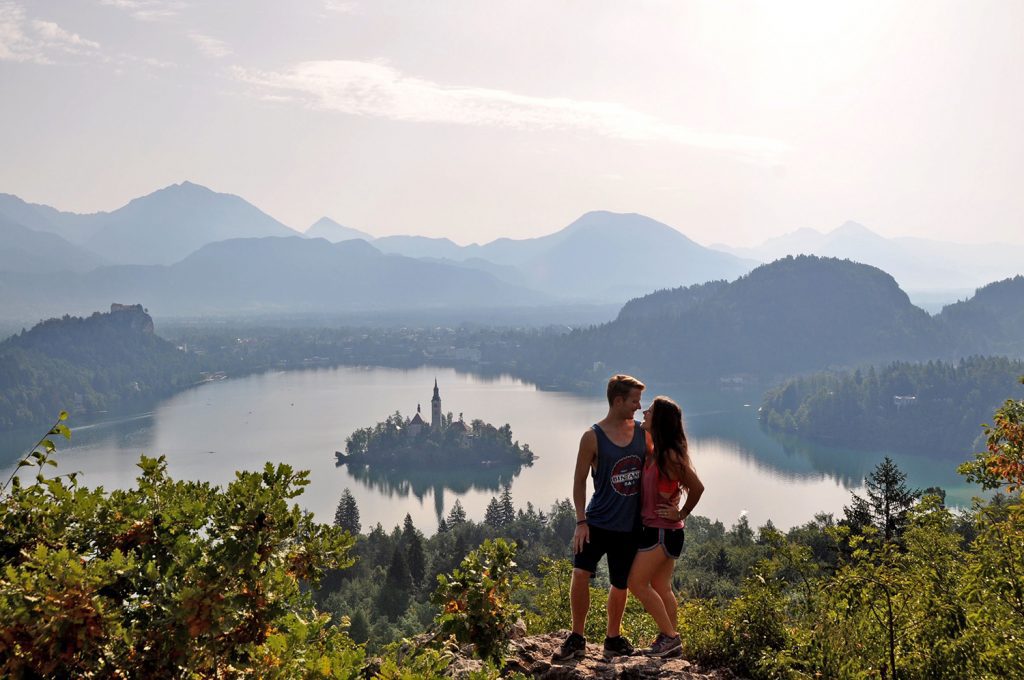
The countries of Central Europe are flanked by the North European Plain, North and Baltic Seas in the north, and the Italian Peninsula in the south.
This region is filled with dramatic snow-capped mountains, glaciers, forests, fairytale castles, and serene lakes .
The Alps and the Pyrenees in the southernmost part of this region separate the cool climates of the north and west from the warm, dry climate of the Mediterranean region in the south.
Southern Europe
- Countries : Spain, Portugal, Italy , Malta, Andorra, Monaco
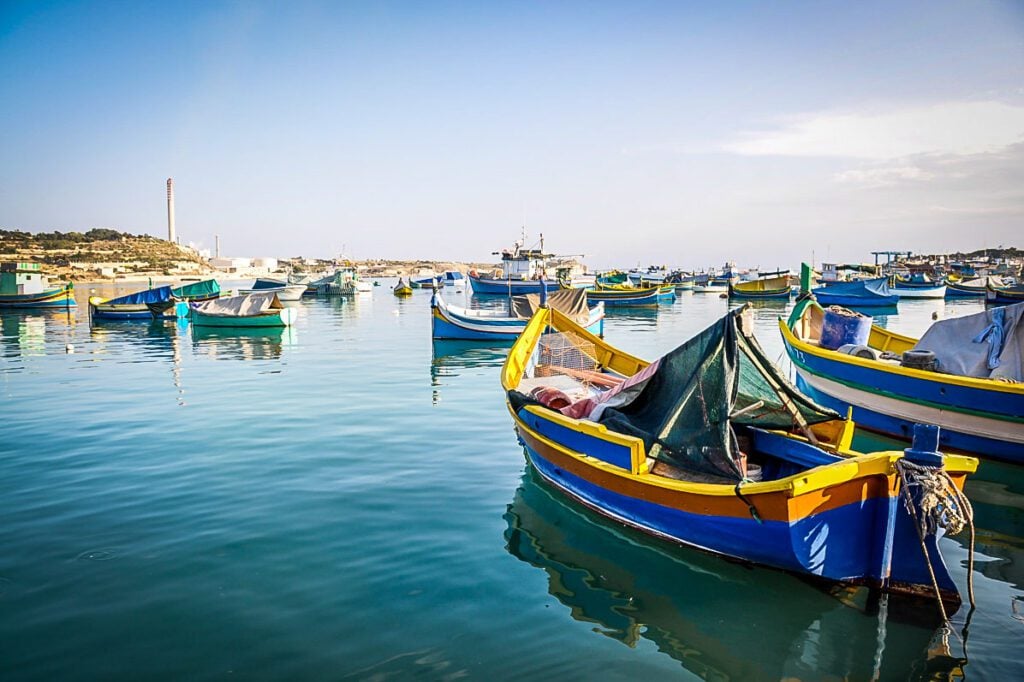
Southern Europe is the prime coastal area of Europe made up of three key peninsulas: Iberian, Italian, and Balkan (which we’ve included in Southeastern Europe).
Almost all of its countries have the Mediterranean Sea as a natural border, so this region boasts pristine beaches, beautiful islands, and crystalline waters edging lowland plateaus .
Psst! If you’re planning a trip to Italy, find out the best time to visit Italy based on seasonal weather patterns in each region and your personal travel style.
Eastern Europe
- Countries : (The Baltics) Lithuania, Latvia, and Estonia, Belarus, Ukraine, Moldova, Romania
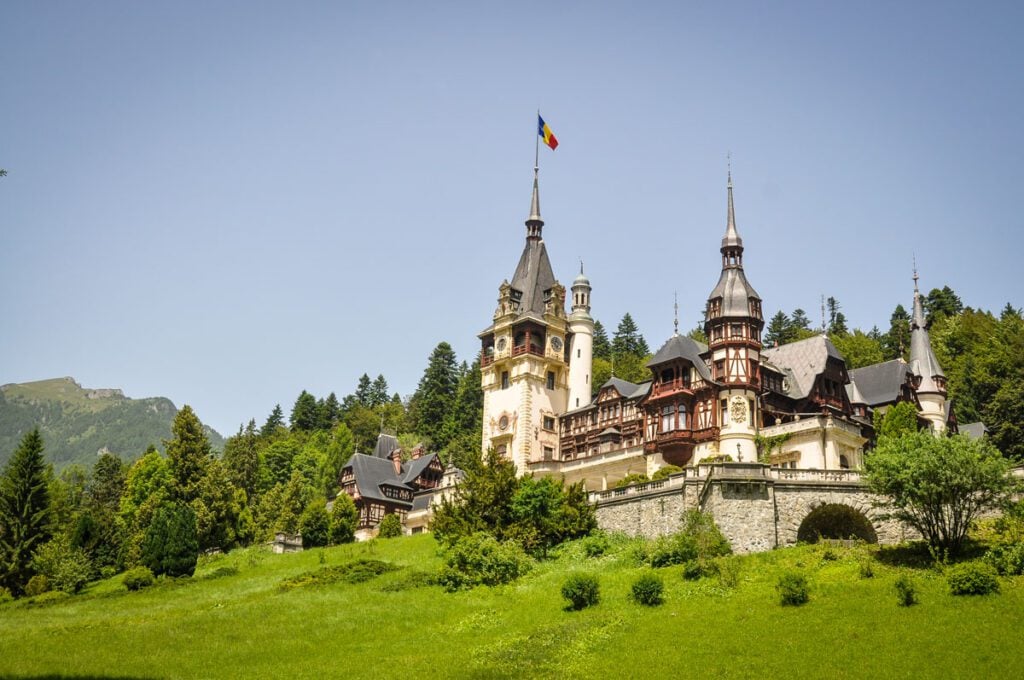
We like to think of Eastern Europe in 2 parts – there’s Eastern and Southeastern. Eastern Europe is essentially every country that borders Russia.
Some even consider Moscow to be part of Eastern Europe as Russia is technically part of the European continent.
Southeastern Europe
- Countries : (The Balkans) Croatia , Bosnia and Herzegovina , Montenegro , Albania, Serbia, Kosovo, North Macedonia, Bulgaria , Greece, Cyprus, Turkey
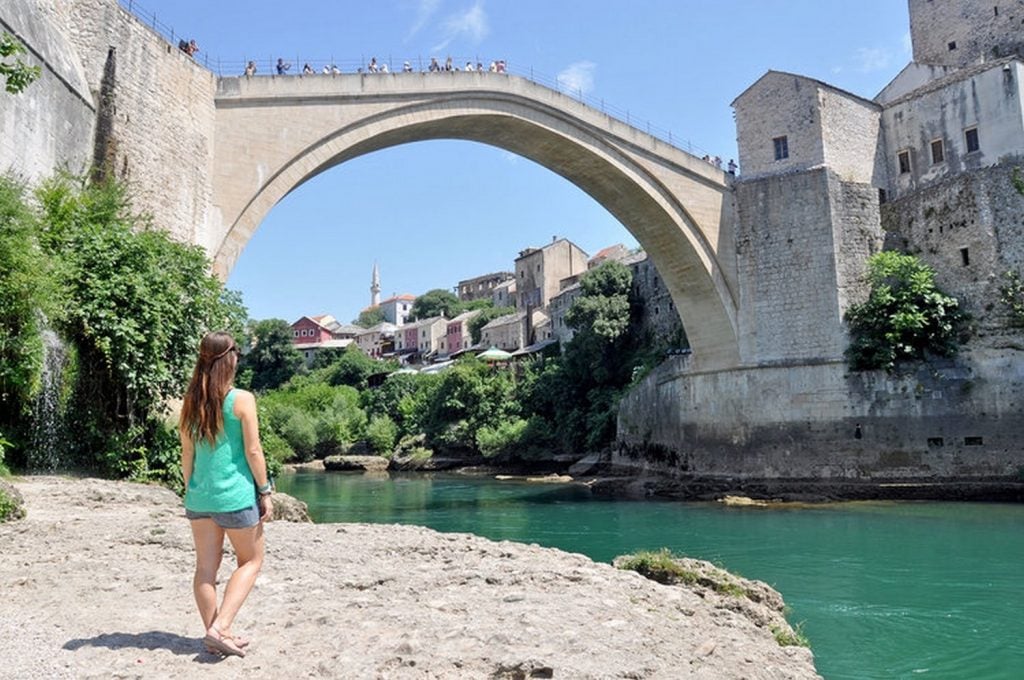
A part of southern Europe, but with more “eastern” cultural influence.
Most of these countries were under Soviet-supported communist governments. There is a notable cultural difference between the Balkans and the non-communist countries: Greece, Cyprus and Turkey.
The geographical focus of southeastern Europe is on the Balkan peninsula, which is framed by the Adriatic, Ionian and Aegean seas. This area is characterized by crystal clear waters, rocky coastlines and mountainous backdrops.
Northern Europe
- Countries : (Scandinavia/Nordic) Norway, Sweden, Denmark, Finland, and Iceland

Northern Europe is (roughly) recognized as everything above the Baltic Sea.
It’s partly mountainous with rolling hills, glaciers, and volcanic islands, as well as temperate, coniferous forests .
In general, all of Europe experiences all 4 seasons, but some areas tend to have more extreme variances due to their location and terrain. The difference is primarily notable between Northern and Southern Europe.
Western, Central & Eastern Europe
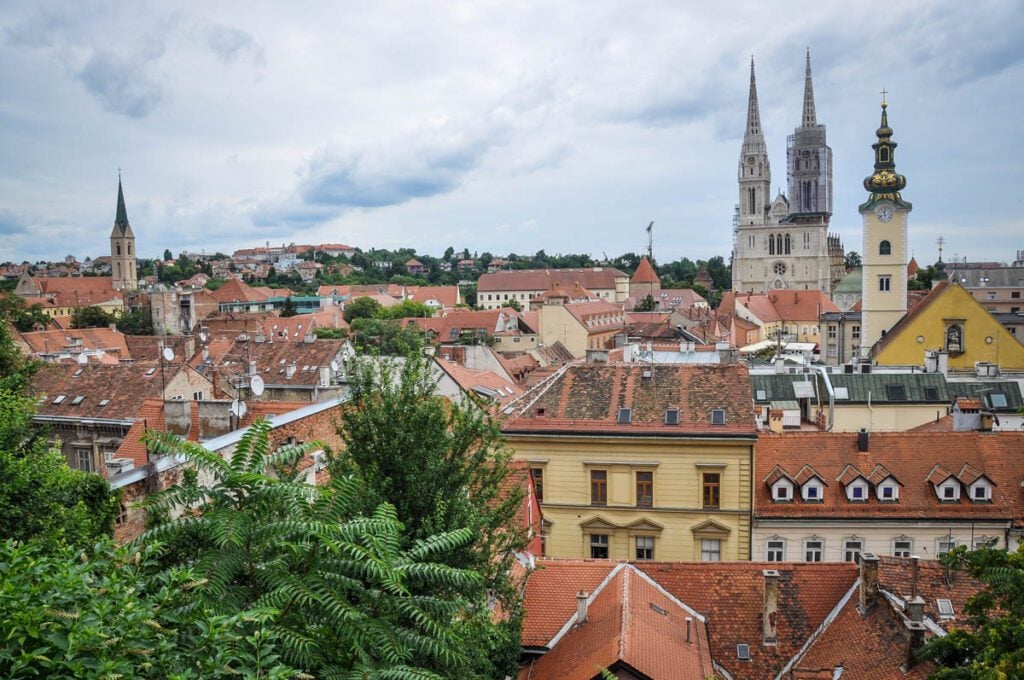
All of these regions have comparable landscapes and experience an equal amount of all four seasons with varying rain patterns from east to west . The exception to this might be the British Isles, which tend to see more rainfall year round, and more moderate winters.
You can expect the mountainous regions with high altitude to be the last to warm up in the summer and the first to cool down heading into winter.
Southern & Southeastern Europe
This region has a very different climate from the rest of Europe as it’s mainly subtropical .
It stays warmer than everywhere else nearly all year due to the hot winds blowing up from the Sahara Desert and the Alps/Pyrenees preventing cool northern winds from reaching the coast.

Northern Europe consists mainly of sub tundra and tundra climates as well as coniferous/temperate forests, so this region’s weather is much cooler than the rest of Europe.
The seasons, especially summer and winter, are much more extreme in this region.
During the summer, the midnight sun (21+ hours of daylight) is in full swing around and above the Arctic Circle.
In the winter, everywhere is blanketed in snow and daylight hours are limited to as little as 4-5 hours a day.
June, July, August

Across Europe, the summertime welcomes the local summer break, peak daylight hours, hot daytime temperatures (especially along the coasts), and a laundry list of celebrations happening across the continent.
Major events : Tomorrowland (Belgium), Bastille Day (France), Fringe Festival (Scotland), Tour de France (multiple countries), Midsummer (Sweden), and Yacht Week (Croatia).
This is the busiest season in Europe with high prices and large crowds, even more so around major events listed above. We recommend booking everything well in advance.
- Western Europe : temperatures can reach over 32°C (90°F); cooler temperatures in high elevations, possible afternoon showers.
- Central Europe : average daytime highs of 24-27°C (74-81°F); wetter along the Atlantic coast, spells of sweltering heat aren’t uncommon.
- Southern Europe : 29°C (84°F) is considered the average daytime temperature, but it often exceeds 32°C (90°F); hottest and driest months with little to no rain.
- Northern Europe : afternoon temperatures can range from 10-29°C (50-84°F) depending on where you are; occasional rain and sunny skies.
Summer months at a glance:
- June is the start of peak season in Europe with hot, sunny, and busy days. Expect varied temperatures in the western and northern regions, but overall favorable weather. We recommend booking in advance.
- July is warm and sunny across Europe with near-peak summer crowds and prices. Expect to wait in lines and pay higher costs for flights, accommodation, and tours.
- August is the busiest month of the summer in Europe, as locals and tourists both are enjoying vacations virtually everywhere. Most festivals, celebrations, and sporting events take place during this month.
Tours, accommodation, and transport should be booked well in advance and will be at a premium price.
Best places to visit during summer in Europe
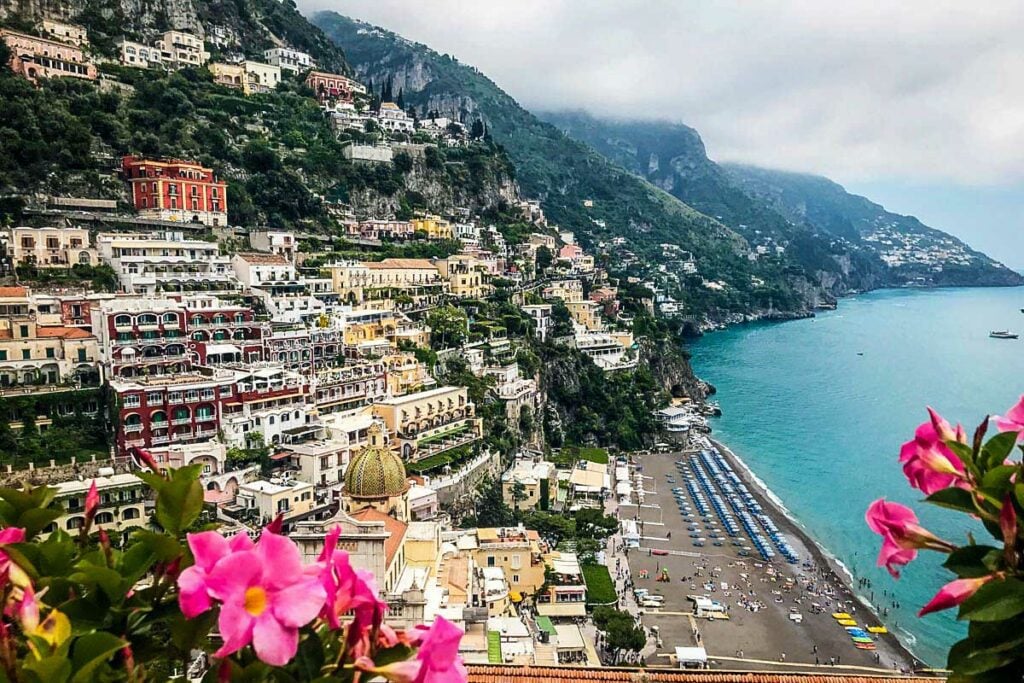
- Amalfi, Cinque Terre, Sardinia, Capri, and Salento
- Nice, Cannes, Antibes, Toulon, Saint-Tropez, and Èze
- Mallorca, Andalucia region, Ibiza
- Azores Islands, Porto, Algarve region, Madeira, and Nazaré
- Iceland : for some of the best outdoor adventures in the world
- Ireland , Wales, Scotland , and England
- Sweden, Denmark, Finland, and Norway
Best things to do during summer in Europe
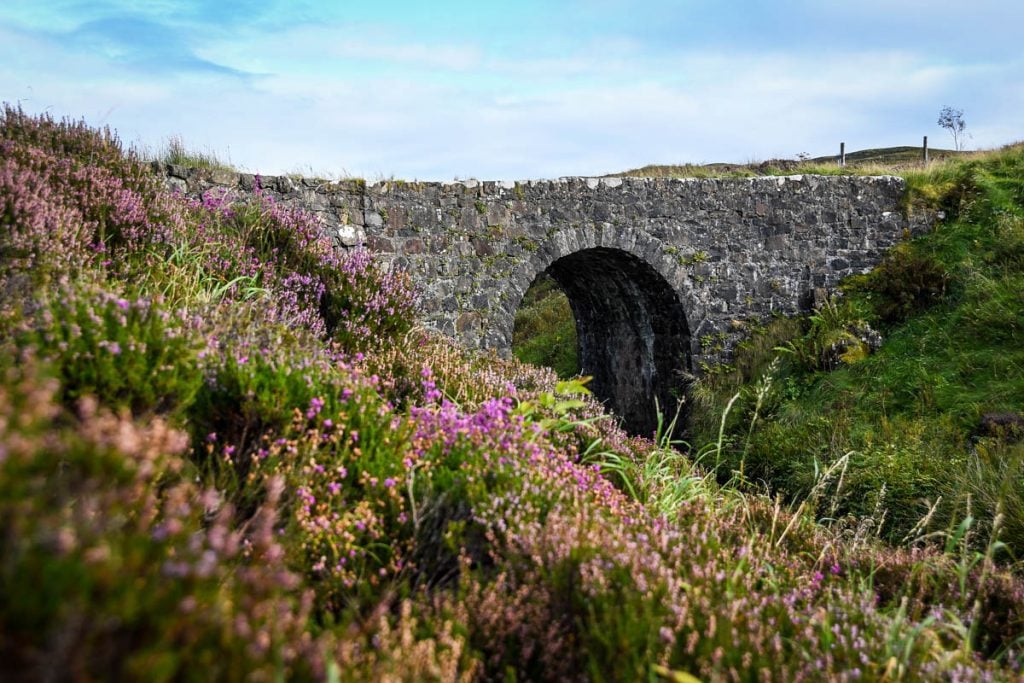
- Go hiking in the Swiss Alps
- Hike the Laugavegur Trail in Iceland
- Explore the Isle of Skye in Scotland
- Attend Tomorrowland , the largest music festival in the world
- Get off the beaten path in the Faroe Islands
- See the lavender fields in Provence, France
- Celebrate midsummer in Sweden
September, October

Expect fewer crowds and slightly cheaper prices during the autumn season since it marks the end of the summer holiday. September is a great month to squeeze in some last-minute outdoor adventure before everything cools down significantly in October.
Major events : Fall Wine Harvest (multiple countries), Halloween (multiple countries), changing of the leaves (multiple countries), Oktoberfest (Germany), and Festival of Lights (Germany).
Once the weather starts to cool, golden fall foliage pops up around the continent. Alternatively, you can hold onto that last bit of summer sunshine in Southern Europe.
- Western Europe : temperatures range from 4-21°C (40-70°F); expect significantly cooler temperatures in mountainous regions and bring layers to adjust to varying weather.
- Central Europe : expect average daytime temperatures from 5-18°C (41-64°F); chances of rainfall decrease slightly.
- Southern Europe : peak daytime temperatures average from 20-28°C (69-82°F); rainfall increases (especially along the coast), but sunny days are still common.
- Northern Europe : temperatures range from 0-15°C (32-52°F); wind, rain, and cold are all common, you might experience the first snowfall of the season.
Fall months at a glance:
- September in Europe is the end of the summer holiday when locals and tourists tend to leave. Prices and crowds decrease significantly and the weather is still optimal. Daylight starts to decrease and chances of rain increase in the north, east, and west.
- October is a varied month with a mix of sunny days and cool, rainy ones. A lot of great deals are available on flights and accommodation. The weather in the north is significantly cooler and the south remains quite warm with relief from summer crowds.

Best places to visit during fall in Europe
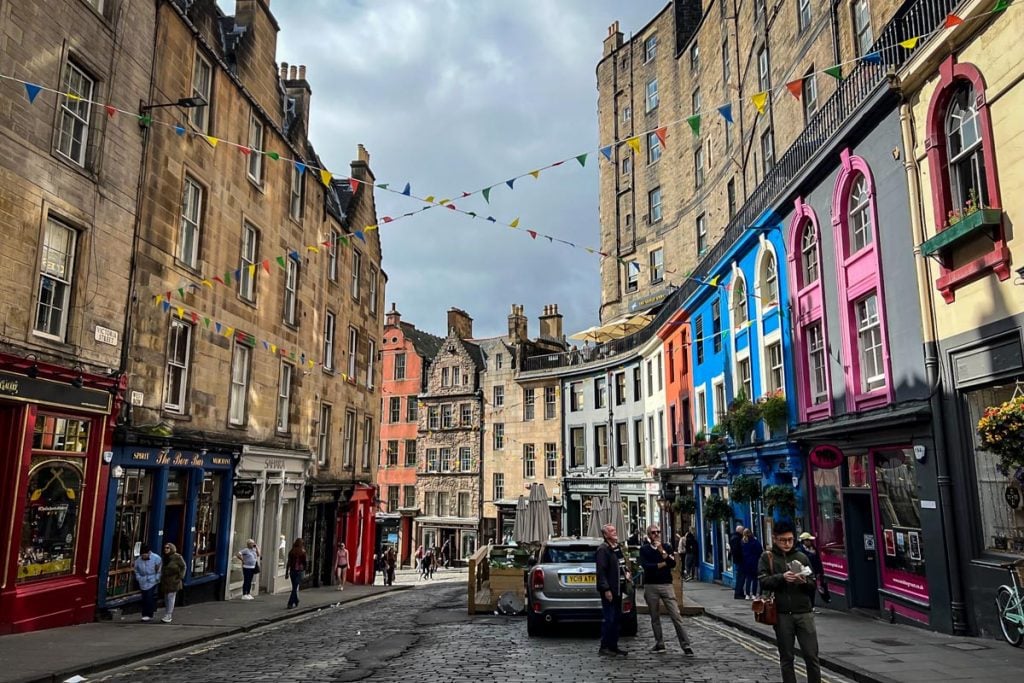
- Split & Dubrovnik : to avoid the summer crowds along Croatia’s Dalmatian coast
- Cotswolds : for fall foliage among fairytale English villages
- Romania : for fall foliage and Halloween in Transylvania
- Hallstatt, Austria : for fewer crowds and fall foliage
- Edinburgh, Scotland : for fall foliage and fewer crowds
- Greece : for island hopping with fewer crowds
Best things to do during fall in Europe
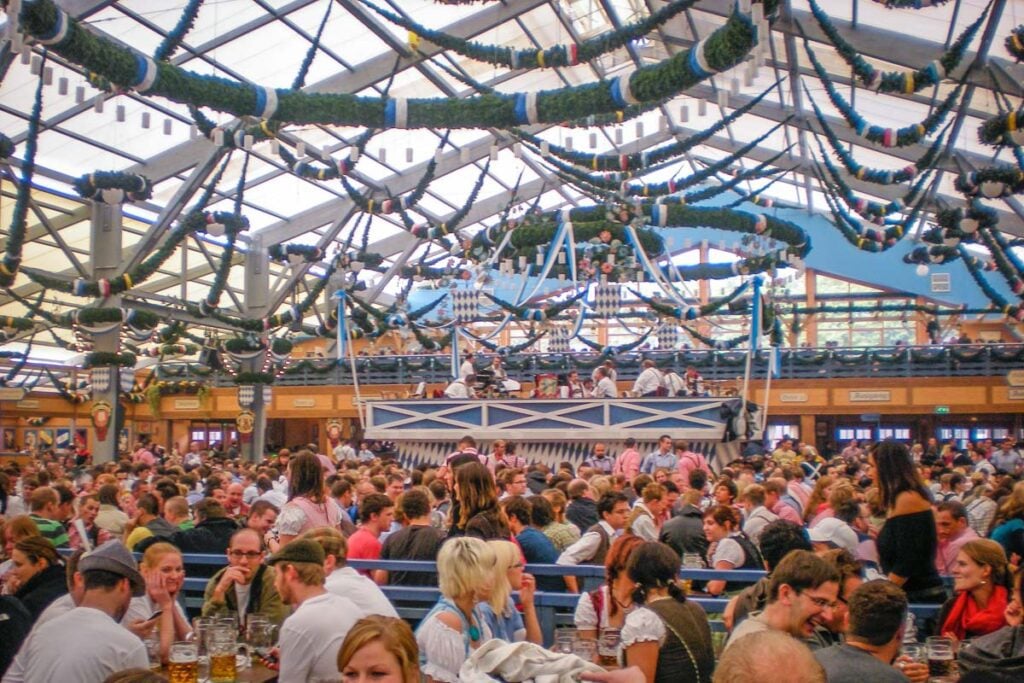
- Soak in hot springs in Iceland
- Take an unforgettable Scotland road trip
- Oktoberfest in Germany (October)
- Slovenia , France, Italy, Georgia, Germany , Portugal, Greece, and Spain
- Hike in the Dolomites, Italy (September)
- Land’s End to John o’ Groats to travel the length of the United Kingdom
November, December, January, February
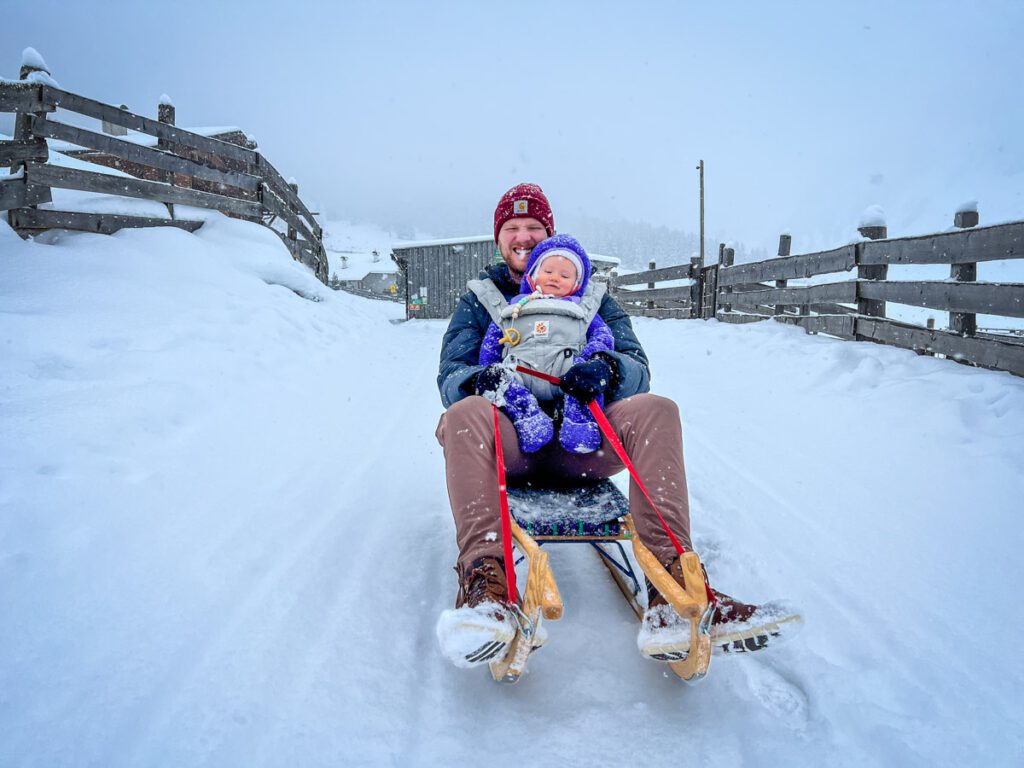
Moody skies and dreary weather cover Europe along with the bitterly cold temperatures of winter. Most of the continent is quiet, although it’s lit up with the spirit of the holidays and the northern lights in some areas.
Major events : Up Helly Aa (Scotland), Hogmanay (Scotland), Venice Carnival (Italy), New Years (multiple countries), Carnival of Binche (Belgium), and the Northern Lights (Northern Europe),
Winter is generally the cheapest time to visit Europe as long as you plan around major holidays like Christmas and New Years.
- Western Europe : dress warmly for 0-5°C (32-41°F) temperatures; snow is rare but not unheard of outside of mountainous regions.
- Central Europe : just slightly cooler than fall, ranging from 0-5°C (32-41°F), but can dip for short spurts; rainfall decreases, snowfall is frequent but not abundant.
- Southern Europe : average daytime temperatures range from 9-15°C (48-59°F); it’s the warmest region this season, but rainy, especially along the coast and at the base of mountainous regions.
- Northern Europe : the coldest temperatures are in this region, averaging -4-5°C (24-41°F); rain picks up and snow is blanketing the region.
Winter months at a glance:
- November welcomes dreary skies, rain, and cold temperatures across Europe. There are significantly fewer daylight hours (especially in the north) this month, and you can expect closures and shorter operating hours. Snow is beginning to blanket some regions.
- December dives deeper into the winter season with cold and wet days. Although the weather is dreary, many countries are lit up with holiday lights, markets, and celebrations, so tourism will pick up this month slightly. Mountain ranges and northern regions will be snowy.
- January is the least crowded and the cheapest time to visit Europe, but it’s also the coldest month of the year. Get a slight break from the bitter cold in the south, or embrace the edge of the winter sports season by hitting the slopes.
- February stays rather quiet, unless you’re here for peak skiing and snowboarding season. The sun begins to peek out, but you can still expect cold, wet, and snowy days. Prices are much cheaper this month.
Best places to visit during winter in Europe

- Krakow, Poland : for winter markets and snow-capped mountains
- Chamonix, France : for world-class winter sports
- Finland : for dog-sledding and winter wonderlands
- Hallstatt, Austria : a dreamy Bavarian village blanketed in snow
- Norway : for northern lights, snow sports, and outdoor adventure
- Sweden : for northern lights
- Slovenia : for a wintertime hidden gem
Best things to do during winter in Europe

- See the northern lights in Iceland
- Strasbourg, Zurich, Heidelberg, Vienna, Tallinn, Prague , Colmar, Nuremberg, Glasgow
- Visit the North Pole in Finland
- Experience the Carnival of Venice , Italy (40 days before Easter)
- Sip on mulled wine in Berlin
- Escape the winter in the Canary Islands, Spain
March, April, May
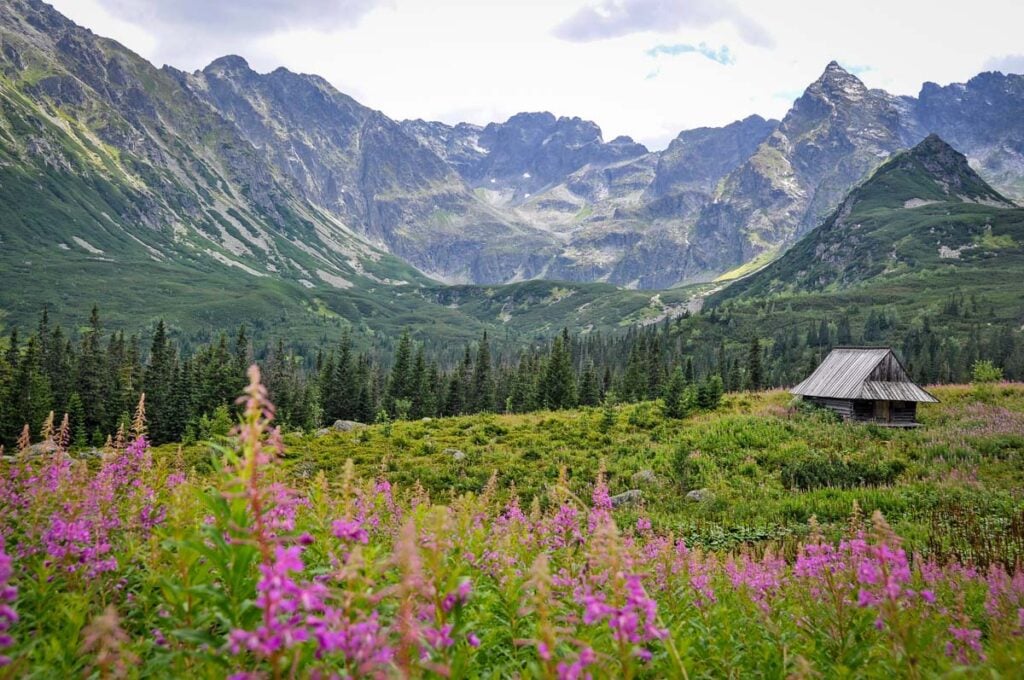
Everything begins to thaw during the Spring in Europe. Winter lingers in Northern Europe into April, but many other places are experiencing the season in full bloom as more people get outside to enjoy the mild daytime weather.
This is one of the best times to visit Europe if you’re on a budget. It’s outside of the winter and summer holidays, and the temperatures are nearly ideal. Late April and May are good times to visit the south before the summer crowds.
Major events : Northern Lights (multiple countries), St. Patrick’s Day (Ireland), Easter (multiple countries), and various Flower Festivals (multiple countries).
If you’re planning on visiting during this season, note that some hotels, venues, and attractions are still closed for the winter due to low demand, so your options may be limited.
- Western Europe : temperatures increase going into the season, ranging from 5-15°C (41-59°F); snow is still melting in mountainous regions while valleys have mild days, late spring showers can be expected.
- Central Europe : expect typical springtime weather averaging 8-16°C (46-60°F); irregular seasons that can have dramatic shifts in weather day to day.
- Southern Europe : The beginning to end of the season averages 15-25°C (59-77°F); rain decreases and it mirrors summer by May.
- Northern Europe : much of this region sits around 1-11°C (33-51°F) until May; temperatures and rain vary depending on Gulf Stream influences and latitude.
Spring months at a glance:
- March welcomes the beginning of spring with longer daylight hours. It’s still relatively cold and wet across Europe, with snow only falling in the higher elevations. It’s another cheap time to visit with good flight and accommodation deals.
- April brings full-blown spring to the east and west. Parts of the north are still defrosting, while the south is starting to feel like summer. Chances of rain and cold fronts are lower, but not unexpected, so bring layers.
- May has pleasant and warm weather that’s perfect for getting outside before the hot summer months. If you’re headed east, it’s on the wetter side this month, and the south basically feels like summer.
Best places to visit during spring in Europe

- Paris, France : for fewer crowds and cherry blossoms
- Barcelona, Spain : for favorable weather
- Budapest, Hungary : for spring festivals
- Montenegro : for nice weather and fewer crowds
- Bruges & Brussels : for wildflowers, cherry blossoms, and Easter
- Norway : for fjord cruises and rushing waterfalls
- London, England : cheaper prices, fewer crowds, and drier weather
Best things to do during spring in Europe
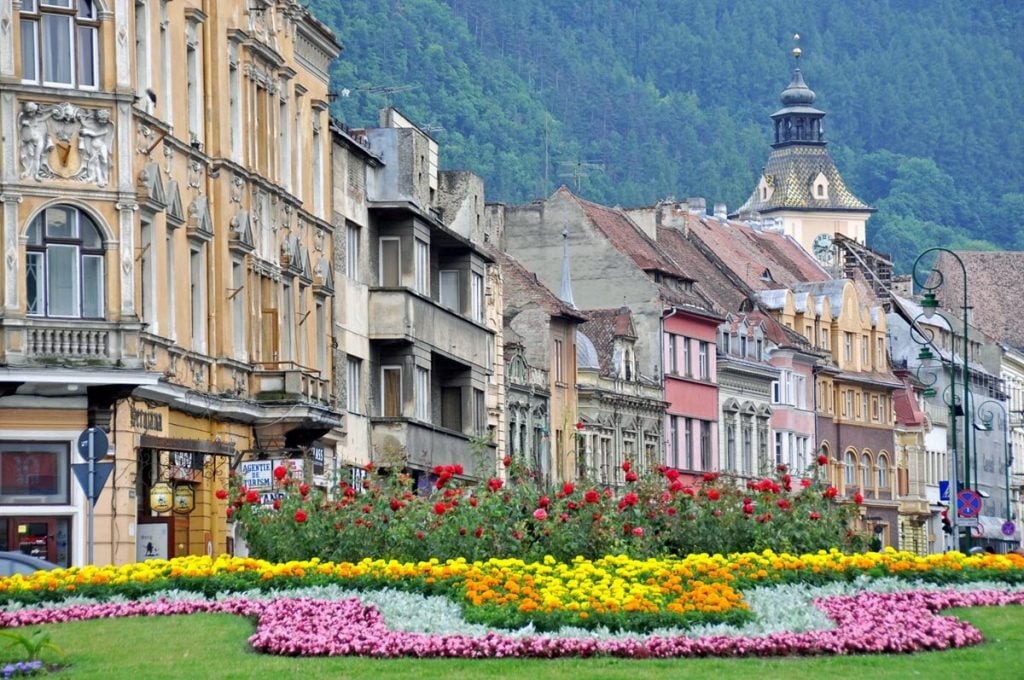
- See the Dutch tulip fields in Keukenhof, Netherlands (mid-April)
- Walk the Camino de Santiago
- Experience the cherry blossoms in Bonn, Germany (late March to end of April)
- Explore the Venice canals
- Watch the F1 Grand Prix in Monaco (late May or early June)
- Celebrate St. Patrick’s Day in Ireland (March)
- Rent a campervan in the UK
Best time to visit Europe in our opinion…
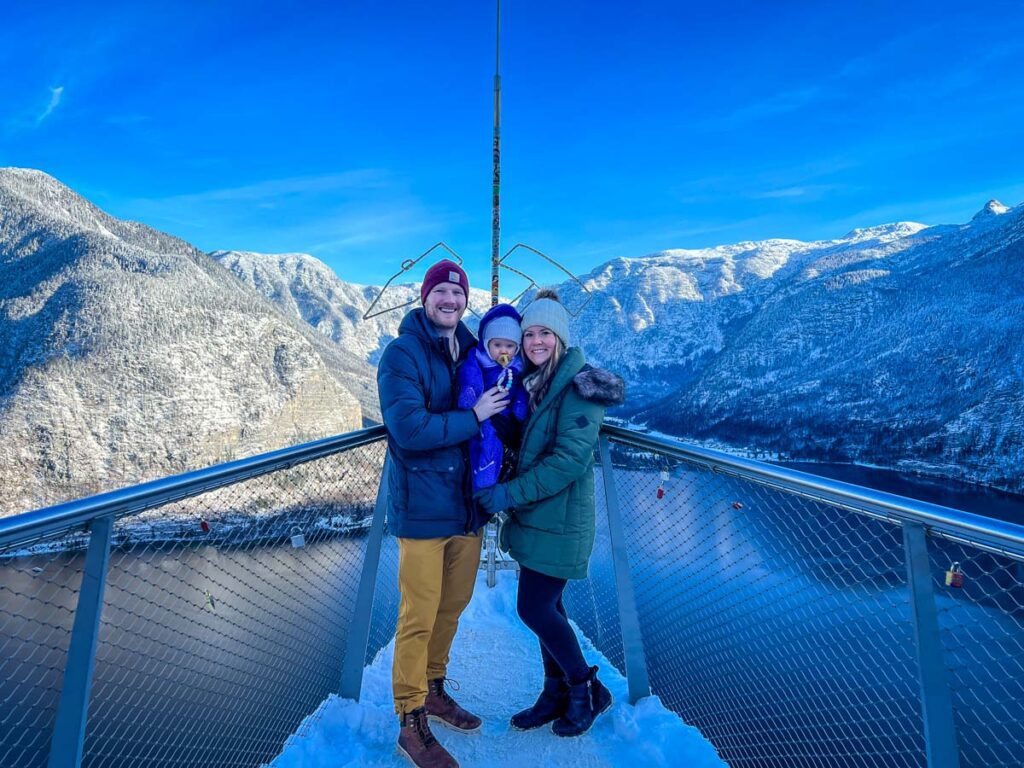
In our opinion, the best time to visit Europe depends on what you prefer to do.
If you plan to explore coastal regions, relax on the beach, and soak up the sun, summer is the best time of year to visit. Note, this is the most popular time to visit almost everywhere in Europe, so expect hot weather, high prices, and crowds.
If you want milder weather and fewer crowds, but still want access to virtually everything in Europe, visit during spring (March to May) or fall (September and October).
If hiking and exploring the outdoors is your goal, July through September is best, as you’ll have the best chances of dry weather and maximum daylight.
For snow sports, holiday markets, and budget travel, visit Europe in the winter from November to February, outside of holidays.
You may also like…
- Best Cities to Visit in Europe
- Why You Should Visit Eastern Europe Now
- Places to Visit in Eastern Europe You Can’t Miss
- Travel Insurance: Never Travel Without This!
Save this article on Pinterest for later!

We want to hear from you!
After reading through this article, have you decided on the best time to visit Europe for YOU? Let us know in the comments below and we’ll do our best to get back to you!
Comments (2) on “ Best Time to Visit Europe: When to Go & When to Avoid! ”
Great blog you guys! Great information in here. I plan on going to Europe next year and I was curious to know when it would be the best time to visit and you guys have everything I needed to know and more! Thanks for the suggestions on what to do as well.
I think May-June Or September -October Is best time for travel Europe
Leave a Reply Cancel reply
Your email address will not be published. Required fields are marked *
Save my name, email, and website in this browser for the next time I comment.
The Backpacker Network
Best Time to Visit Europe: A Season by Season Guide
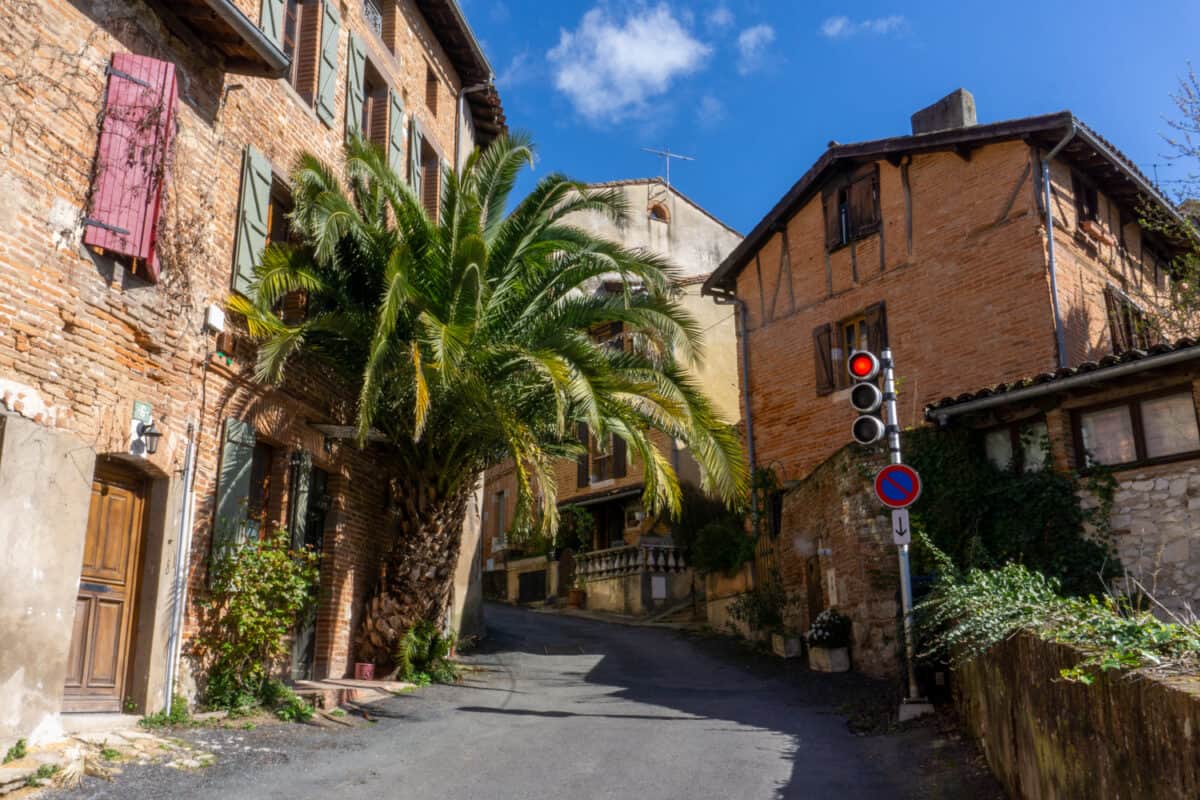
If you are wondering when is the best time to visit Europe, you’ll be pleased to learn that there isn’t really a bad time to go!
Nonetheless, it’s smart to devise a prioritization system to figure out where to go and when. Separating destinations based on seasons, weather patterns, and your budget can help narrow things down, and knowing what to expect from different regions at different times of year will also help you choose where to go.
To help you get started, we’ve outlined a season-by-season guide to Europe, with climate information, peak season mapping, and general information on what the best activities are in each season.
Related: (opens in new tab)
- Top Festivals and Events in Europe
- Best Places to Backpack in Europe
- Cheapest European Cites
A Season by Season Guide to the Best Time to Visit Europe
Climate in europe.
The climate in Europe can vary wildly depending on where you go, from Arctic winter conditions in northern Norway to summertime in southern Spain, affectionately called ‘the frying pan of Europe’.
Western and Eastern Europe generally have fairly temperate climates, though the inclusion of Russia can lead climate averages to skew a bit colder in Eastern Europe, and it also gets quite hot in the summer.

Northern Europe can have very chilly winters for sure, but the summers are some of the best in the world: mild and breezy, optimal for outdoor activities. Conversely, Southern Europe can be a fantastic off-season destination due to its balmy winters but can be overwhelmingly hot in the summertime peak season.
While of course, it would be ideal to visit Europe when the weather is best, it’s not a coincidence that this is usually the most expensive time to visit. A winter visit is a great way to save some money, and in fact, winter in Europe may be comparable (or maybe even warmer!) to winter where you live.
Even winters in Scandinavia aren’t quite so bad if you’re accustomed to some snow and ice back home. This can definitely be a case of rumors overstating the actual conditions, as temperatures often stay above freezing during the day and can feel quite mild if there’s no wind.
Overall, if you’re concerned about being too hot or too cold, shoulder season is often the best time to maximize both budget and weather conditions. Most things are still open, but with fewer crowds and lower costs, and the weather hovers somewhere in the middle of the heat/cold spectrum.
Relatedly, it merits mentioning that weather patterns are not as set in stone as they used to be. Wherever you choose to go, you’re much more likely to experience unanticipated weather due to climate change.
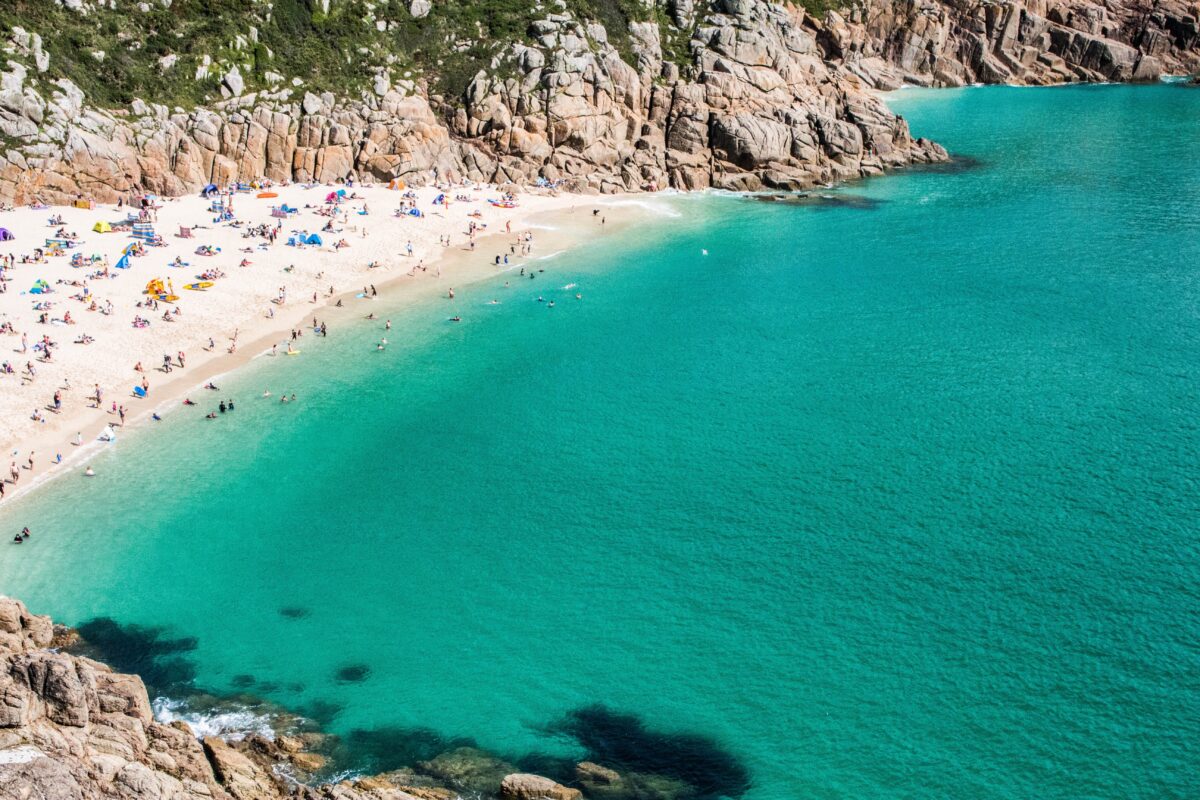
This can mean warm days in the middle of winter, snow in early summer, or random thunderstorms during typically dry seasons… but it can also mean dizzying heatwaves and freak blizzards that can easily take a turn for the dangerous, as climate change has also led weather patterns to become much more intense in recent years.
It’s best to be prepared for a variety of situations, and visitors to Southern Europe, in particular, should be prepared for fierce heat in the peak summer season. Be sure to stay hydrated, and remember that many Airbnbs or local accommodations may not have air conditioning!
While becoming more of a necessity due to high temperatures, air-conditioned homes are still not a particularly common occurrence in Europe. This is definitely something to consider splurging on if you’re visiting in July or August!
Visiting Europe in Summer
- Northern Europe Average Summer Temp: 13°C – 22°C (55°F – 72°F)
- Eastern Europe Average Summer Temp: 22°C – 27°C (55°F – 80°F)
- Southern Europe Average Summer Temp: 24°C – 38°C (75°F – 101°F)
- Western Europe Average Summer Temp: 20°C – 27°C (68°F – 80°F)
👉 Best European Destinations for Summer ☀️
Summer tends to be the favorite time for many to visit Europe due to across-the-board warm and sunny temperatures. This includes Europeans themselves who take advantage of regional tourism in July and August, as well as students and families on summer holidays around the world.
There may also be some holidays that you aren’t familiar with during this time, such as celebrations of Corpus Christi in countries like the Netherlands and Germany . Keep in mind that most shops and restaurants will be completely closed on those days.
Again, remember that Southern Europe (along with most of Western and Eastern Europe) gets very hot in the summer. This is a plus for those seeking sunshine and beach destinations, especially along the epic coastlines in Italy , Greece, the south of France, and Croatia.

It’s a great time for water sports like surfing or sailing, soaking up that vitamin D, and relaxing by the shore on the Côte d’Azur or ‘on island time’ in Mykonos or Ibiza. Outdoor pools and baths in Reykjavik and Budapest are a great way to spend an afternoon, and the cities come alive as well, with great opportunities for nightlife, outdoor dining, and picnics in local parks, lush and green with summer leaves.
It’s a great time to see lavender fields in full bloom in Provence or the lesser-known (but equally gorgeous) sunflower fields in the Dordogne region in France. Edelweiss are in bloom in Switzerland and Austria in July, but remember that these only usually appear at high altitudes – perfect for hiking enthusiasts.
There is a wide variety of multi-day, European music festivals in the summertime, like Sziget in Budapest, Glastonbury in the UK, or Tomorrowland in Belgium . Also look out for film festivals like Cannes or food and wine festivals, which take place all over the continent.
However, for many, the heat can be a deterrent, and everyone traveling during peak season should be aware of the dangers of heat exhaustion. The UV rays can be intense for those sensitive to the sun, and it’s good to keep in mind that these temperatures are steadily rising – sometimes shattering records 100 years in the making.

It’s not unusual for temperatures to surpass 40°C (104°F) in the southern parts of Greece and Spain, with Athens consistently clocking in as the continent’s hottest city. High temperatures and humidity can make outdoor activities like hiking extra-strenuous, or perhaps just a bit too sweaty to be fully enjoyable.
Relatedly, peak season also means peak crowds! Expect to pay more for accommodation, dining, and activities, and to fight large crowds for everything you want to do, from museums to boat excursions or even just walking around an outdoor attraction like the Roman Forum or the Acropolis. It’s really worth getting up as early as you can before the sun is too high in the sky and to avoid the waves of tourists trying to do the same things you are.
If you’re seeking to avoid the combination of peak crowds and peak heat, consider saving Southern Europe for a shoulder season visit (in fall or spring) and checking out Northern Europe in the summertime instead. The comparatively milder weather equals a hiker’s paradise, and the long hours of daylight make for great nightlife in cool urban locales like Stockholm, Helsinki, or Oslo.
While the mosquitoes can be a bit vicious, the comparatively cooler temperatures make for a much more comfortable stay while still experiencing some of Europe’s best tourism options. Some areas of Scandinavia are actually only reachable in the summer, like parts of the Westfjords in Iceland , though it’s still a good idea to double-check that a given place is accessible before visiting.
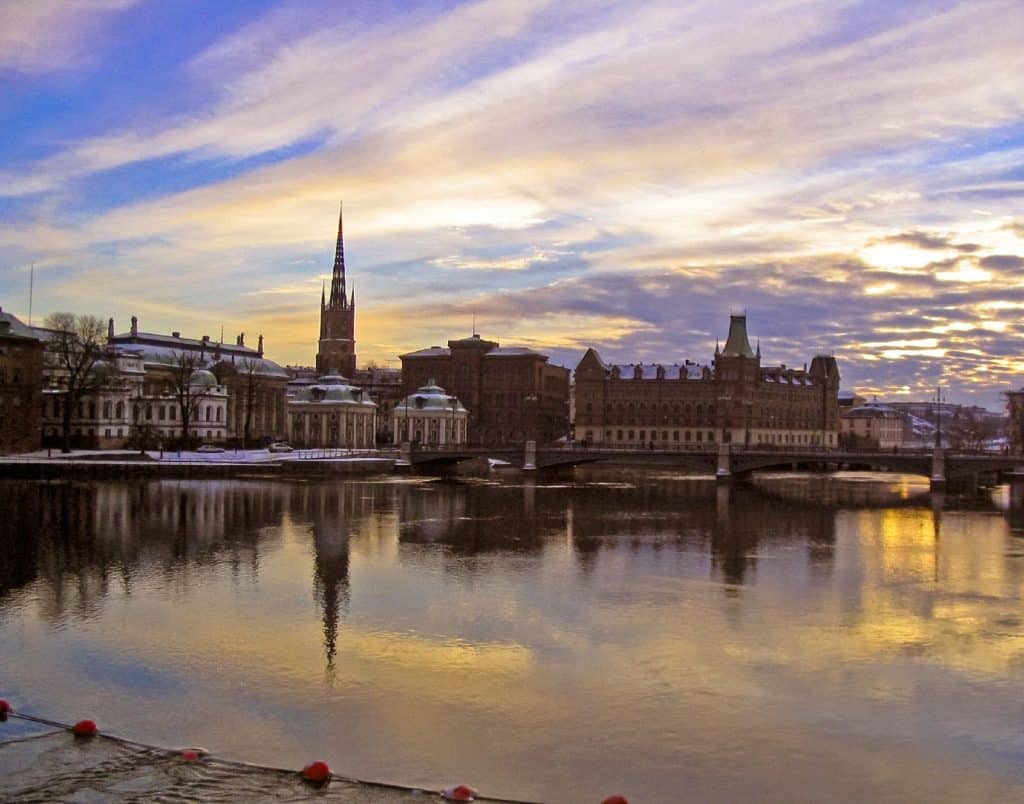
Visiting Europe in Autumn
- Northern Europe Average Autumn Temp: -1°C – 15°C (30°F – 60°F)
- Eastern Europe Average Autumn Temp: 1°C – 21°C (33°F – 70°F)
- Southern Europe Average Autumn Temp: 15°C – 28°C (59°F – 82°F)
- Western Europe Average Autumn Temp: 13°C – 20°C (55°F – 68°F)
👉 Top European Destinations for Fall 🍂
Autumn is typically known as ‘shoulder season’ in Europe, sandwiching the peak summer season and the winter off-season. This is a great time to visit Europe! In many instances, you’ll find that you get the best of both worlds: prices are often lower, but the weather hasn’t gotten too chilly yet, and while some attractions have limited hours, they are largely still open. You may have to plan a bit in advance to make sure you can do what you want to do, but you’re unlikely to have any issues.
In early autumn, swimming is still possible in warm places like Sicily, Sardegna, and Cyprus. Fans of fall foliage will love visiting the mountainous areas of the continent, like the Alps, Caucasus Mountains, or the Dolomites. Switzerland, Scotland, Slovenia, and Georgia, among other places, are also wonderful destinations to visit during autumn.
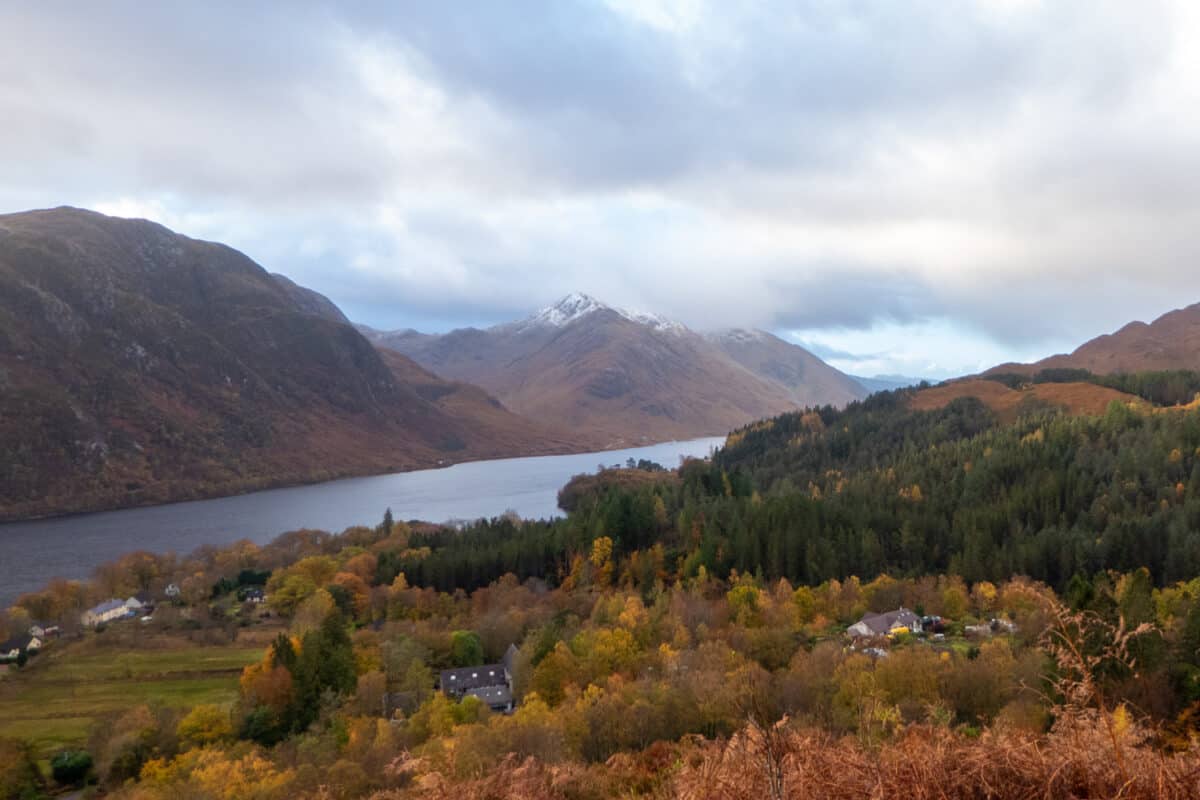
If you’re not a fan of the heat, consider visiting hotspots like Paris, Athens, or London during the fall instead of the summer. Crowds will be fewer, and temperatures will be lower. Fall is said by many wine enthusiasts to be the best time to visit wineries, with a variety of harvest festivals occurring in European wine regions in Portugal, France, and Italy.
One con of visiting in autumn is that several places, like the Netherlands and the United Kingdom, can already start to get quite rainy and gray during this season. Relatedly, the sun will start to set progressively earlier after October, with sunsets well before 5pm in some places by November.
However, packing layers can definitely mitigate this, especially a thin waterproof layer and comfortable shoes. It is also recommended that you check the forecast to plan indoor activities like museums for rainy days. If you visit before the time changes in October, it will still be light out until past 7 or so in the evening as well.

Visiting Europe in Spring
- Northern Europe Average Spring Temp: 4°C – 10°C (39°F – 50°F)
- Eastern Europe Average Spring Temp: 11°C – 20°C (52°F – 68°F)
- Southern Europe Average Spring Temp: 15°C – 22°C (59°F – 72°F)
- Western Europe Average Spring Temp: 8°C – 20°C (46°F – 68°F)
👉 Amazing Destinations in Europe for Spring 🌸
Spring is also considered ‘shoulder season’ in Europe, preceding the peak summer season. Spring can offer the best bang for your buck in terms of weather and activities, with summer-adjacent temperatures, progressively later sunsets, and longer opening hours.
Flower lovers will adore visiting Europe during bloom season, which, of course, occurs only in the springtime. Places like the world-famous Keukenhof tulip gardens in Lisse, Holland, cherry blossoms in Obidos, Portugal or Bonn, Germany, and wildflower valleys filled with poppies in Val d’Orcia, Tuscany all bloom between March and May.
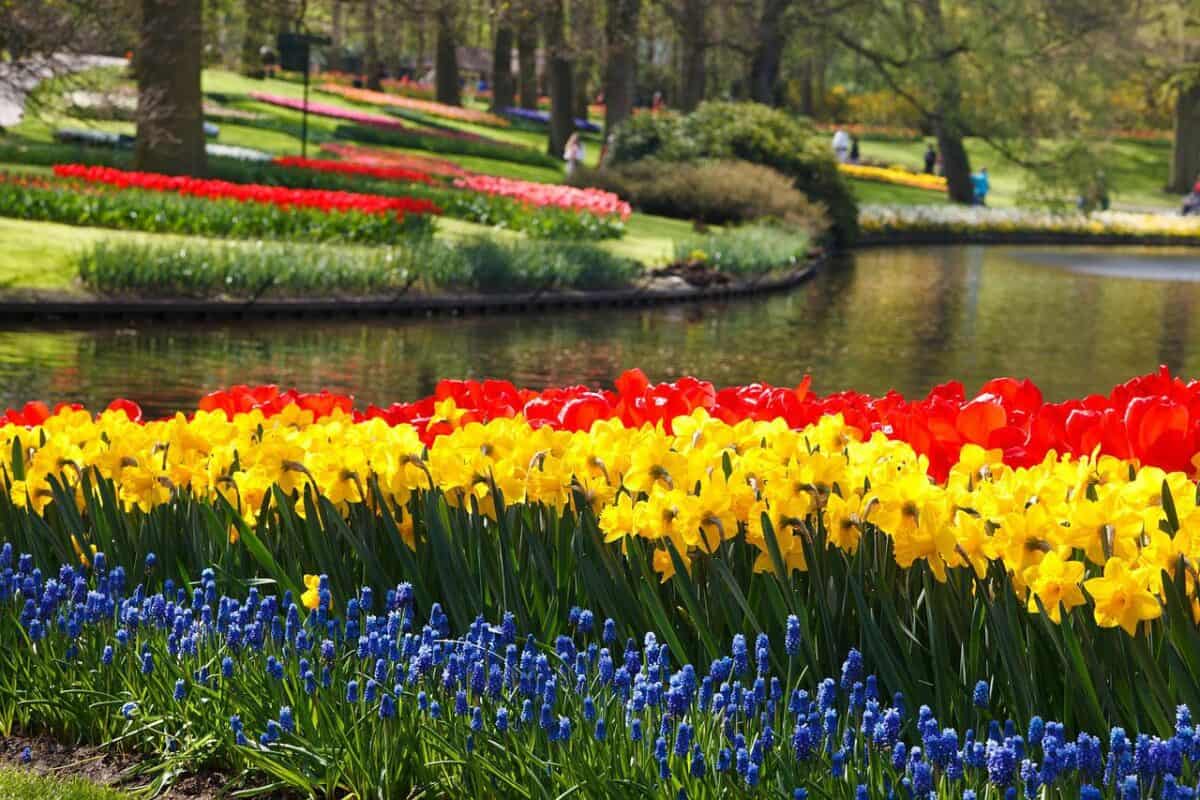
In April, festivals like the Feria de Sevilla and Zurich’s Sechseläuten take place, and courtyards and patios come alive in May for Fiesta de los Patios in Córdoba, Spain. Some hikers also love seeing the progress of the spring thaw in the mountains of Scandinavia, and while conditions can be a little muddy, spring is a great time for outdoor activities of that nature.
Visiting in the springtime can have similar cons to an autumn visit – it can also be quite rainy, with somewhat unpredictable weather. It’s not at all uncommon to have a snowstorm here or there and blasts of wintry temperatures, or unseasonably warm temperatures as well.
Again, packing layers is essential, especially that thin rain layer and something toasty for the evenings. The later in the spring you visit, the more stabilized temperatures and conditions often are (but not always).
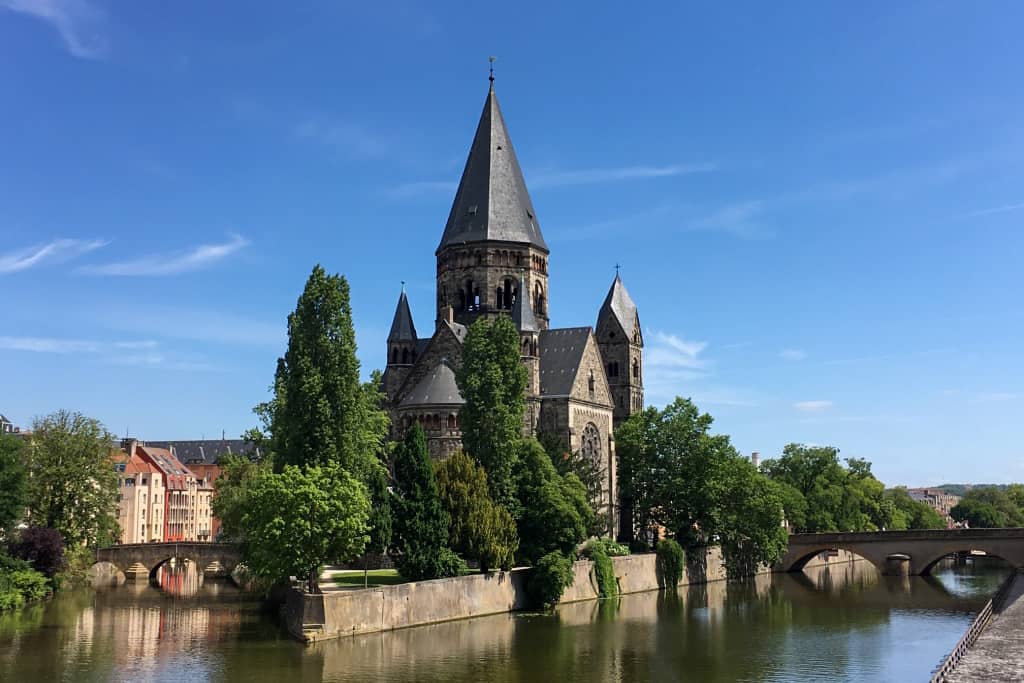
Visiting Europe in Winter
- Northern Europe Average Winter Temp: -15°C – 4°C (5°F – 39°F)
- Eastern Europe Average Winter Temp: -4°C – 4°C (22°F – 39°F)
- Southern Europe Average Winter Temp: 10°C – 18°C (50°F – 65°F)
- Western Europe Average Winter Temp: 2°C – 12°C (35°F – 53°F)
Winter visits are a total gem, and are still somewhat under-the-radar which leads to cheaper airfare, among other things! With way fewer visitors around, you’ll have tourist hotspots all to yourself, which is always a perk when visiting popular European museums like the Louvre, the Prado, or the Vatican. Outdoor places with long wait times, like Saint Peter’s Basilica or the Mezquita de Córdoba, will be virtually empty, and you’re sure to have a much more relaxed visit, along with better photo opportunities.
While not everything will be open, if you’re willing to be a bit flexible and plan ahead, Europe in winter is a fantastic destination. Most notably, keep in mind that many activities and transportation options, such as trains and water ferries, run on reduced schedules during the winter. Just be sure to buy tickets ahead of time and check opening times.
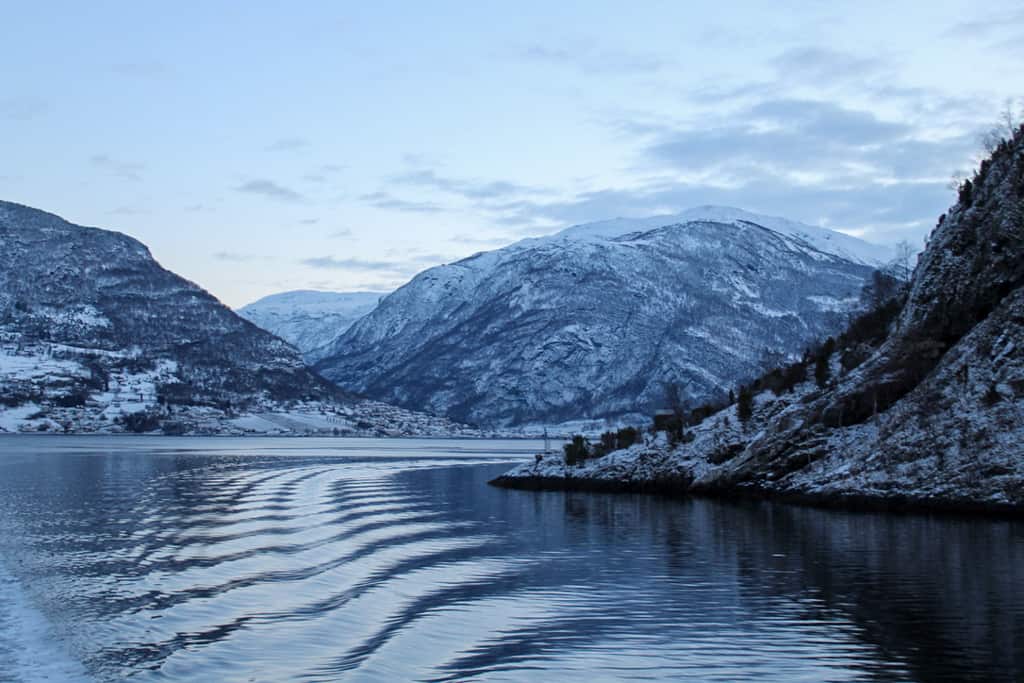
Things are often much cheaper in the wintertime, especially in terms of lodging and dining. Many restaurants in tourist hotspots, such as the lakes region in Italy or the French Riviera, will even have seasonal menus, with way cheaper prices for the same items in the winter.
Also read: A Winter Guide to Visiting Lake Como, Italy.
Winter is a more common time for local tourism, which results in a more laid-back and relaxed vibe, rather than the hustle and bustle of other seasons. While activities like swimming and sunbathing may be a no-go (unless you are particularly intrepid!), numerous winter activities take their place.
The Alpine regions of Switzerland, France, and Italy have some of the best skiing in the world: a major bucket list item for a lot of folks. There are also options for snowshoeing, cross-country skiing, and snowboarding available as well, or just relaxing in the quaint and picture-perfect lodges. You can go dog-sledding in Norway, ice fishing in Finland, and of course, the winter is statistically the best time to see the awe-inspiring Northern Lights throughout Northern Europe.

Germany’s towns and villages are aglow with adorable Christmas markets and New Year festivals , and scorching summer destinations in Southern Europe, especially on islands like Ibiza or the Azores, are balmy and lovely this time of year.
Much-reduced daylight is often a concern for those considering a winter visit, but there are ways to maximize this as well. You may have heard horror stories about places in Scandinavia only getting a few hours of daylight per day, but in most cases, these calculations only take hours of “full sunlight” into account. When you add in sunrise and sunset times, you’ll find that it’s not so bad after all – the sun is still out, it’s just not fully overhead yet.
The only other thing to note is that February is often school break time, which leads many Europeans to seek a break from cold and gray winters in places like Tenerife or Mallorca. If you’re planning an island getaway, try to book flights and hotels well in advance.

When to Visit Europe FAQs
When is the high and low season in Europe?
High season in Europe technically runs from June to September, with July and August being the busiest months. Keep in mind that many Europeans take extensive holidays in August, often to the same popular places you may be interested in visiting.
Where is the hottest place in Europe?
The hottest parts of Europe include much of the southern part of the continent, including places like Italy, Spain, Portugal, Cyprus, Montenegro, Sardegna, and Greece. Athens is often ranked the hottest city in Europe, but Rome, Sevilla, and Podgorica are not far behind.
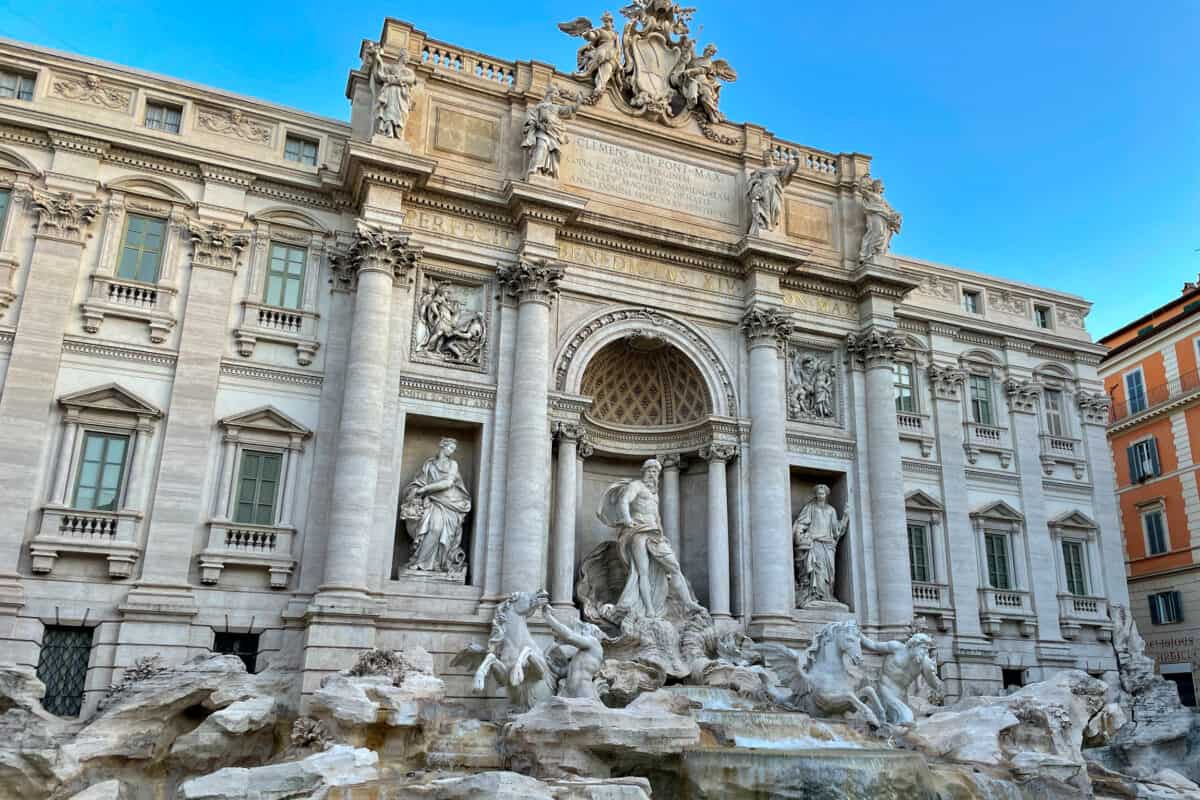
Where is the coldest place in Europe?
The coldest places in Europe are mostly in Scandinavia (Norway, Finland, Iceland) and Russia, with Russia definitely dominating the coldest cities list.
Are there any hot European countries in December?
December is a great time to visit Europe’s island locales, which are pretty reliably warm year-round. Some options include Madeira, the Canary Islands, or the Azores. If you prefer the mainland, the south of Spain and Portugal stay quite warm as well, including Lisbon, Málaga, and Córdoba.
What are the rainiest countries in Europe?
The wettest cities in Europe are Podgorica (Montenegro), Ljubljana (Slovenia), and Tirana (Albania), in terms of total rainfall per year. However, keep in mind that countries like Scotland, Norway, and the Netherlands are known for fairly consistent drizzle in fall, winter, and spring, which may affect your day-to-day more than a downpour from time to time.
When is it safest to visit Europe?
Europe is overall a remarkably safe continent to visit, no matter what time of year you go. However, dangerous weather events such as flooding, avalanches and mudslides can happen, especially in the winter months. Check out this list of the safest cities in Europe if you are worried.
Read more: What are the safest countries in Europe?
What is the cheapest month to travel to Europe?
The cheapest time to travel to Europe is between January and March. Here, the winter holidays are over, but the spring weather hasn’t hit yet, which leads to significantly lower prices. Next-cheapest is between September and November, which is often called ‘shoulder season’.
Top tip: Weekday flights (particularly Tuesdays and Wednesdays) can also often be cheaper.
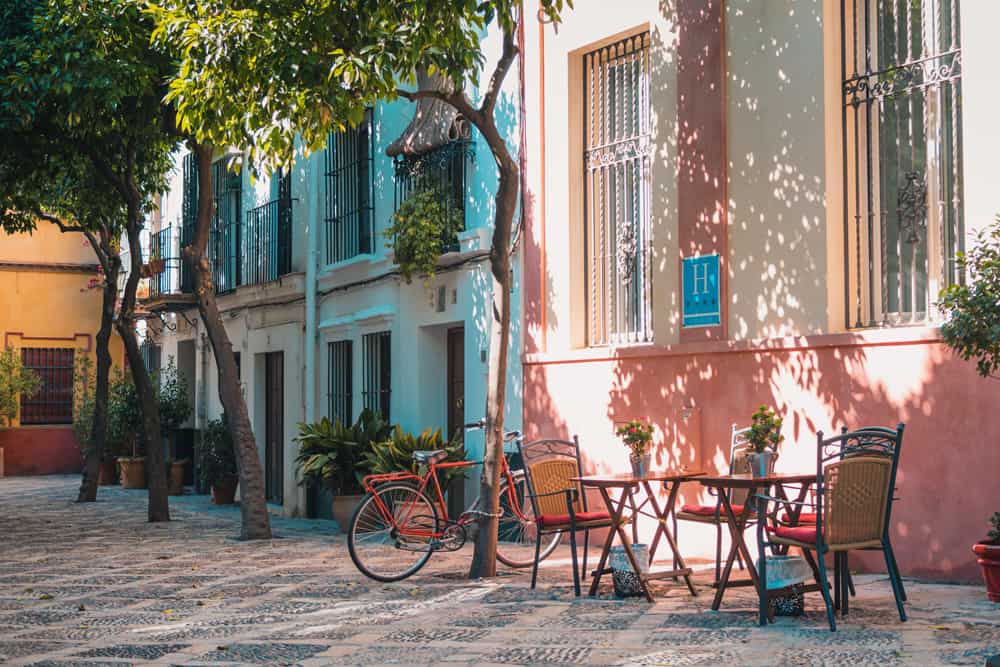
Read more: What Are the Cheapest Countries in Europe to Visit?
Ultimately, there is truly no bad time to visit Europe. Traveling in the low season may bring less favorable weather, but still comes with plenty of advantages: fewer crowds, cheaper accommodation, and ticket prices, and a more relaxed, ‘local’ vibe.
While a few activities (like swimming or skiing) can be more seasonal, many bucket list destinations are doable year-round. As you prioritize where you’d like to visit most, it’s never a bad idea to see if it’s doable in the off-season.
If what you’d like to do truly can only be done in peak season, planning ahead is your friend – try to book your flights 2-6 months ahead of time, and track prices on Google Flights or Hopper to get the best deals on airfare.

Tegan George & Alex McKenzie
- Tegan George & Alex McKenzie #molongui-disabled-link DIY Norway in a Nutshell: A Budget Traveller’s Guide
- Tegan George & Alex McKenzie #molongui-disabled-link Visiting Lake Como in Winter: A Budget Guide
- Tegan George & Alex McKenzie #molongui-disabled-link Europe Travel Budget: How Much Does it Cost to Backpack Europe?
- Tegan George & Alex McKenzie #molongui-disabled-link Backpacking Europe Routes: 4 Epic Itineraries!


IMAGES
VIDEO